
Donuts
Find innovative production technology for making donuts and connect directly with world-leading specialists
Let's navigate the complex world of engineered-to-order production technology together. Whether you're building a new process or optimizing an existing line, our platform connects you directly to the experts who can help. Use our curated catalogue to dive straight into the technologies that match your production goals. We continuously map out how production technology from suppliers around the world can help solve real production challenges. If you find something interesting, we introduce you directly to the specialists who know how to implement it. With more than 600 trusted machine manufacturers and over 20.000 technical experts in our network, you’re never far from the answers you need.
Tell us about your production challenge
Which donuts technology do you need?
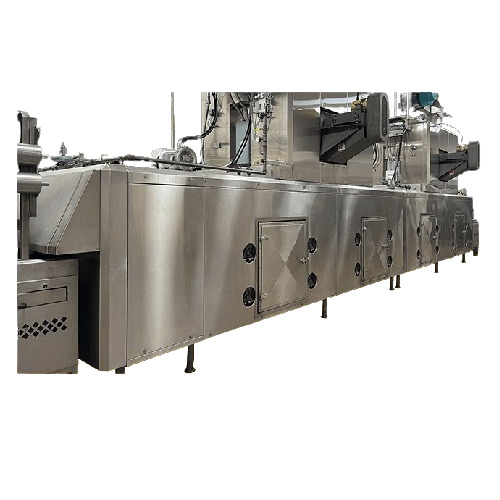
Electric oven zones for snack and cookie baking
Optimize your baking line with electric oven zones designed to eliminate e...
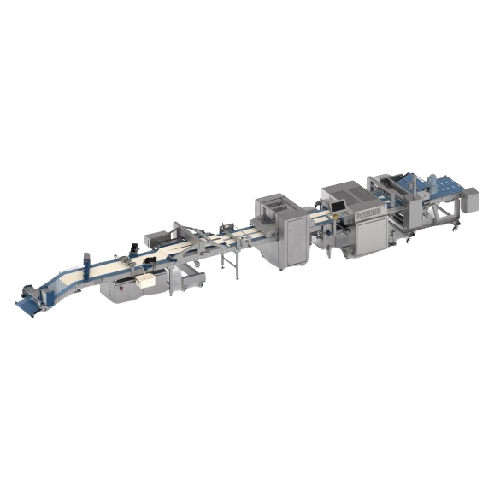
Croissant production module for pastry make-up lines
Enhance your bakery’s product range with a versatile module de...
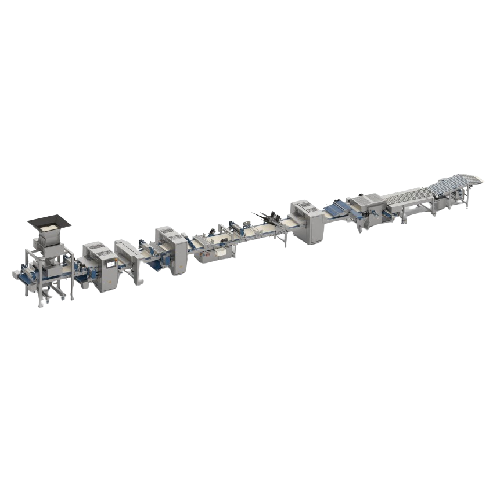
Donut production line for various shapes and sizes
Optimize your bakery’s output with precision-engineered dough pr...
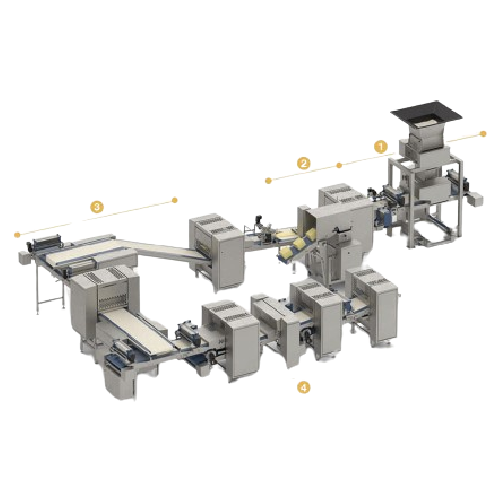
Industrial dough laminator for croissants and pastries
Achieve consistently light and flaky products with precision lamin...
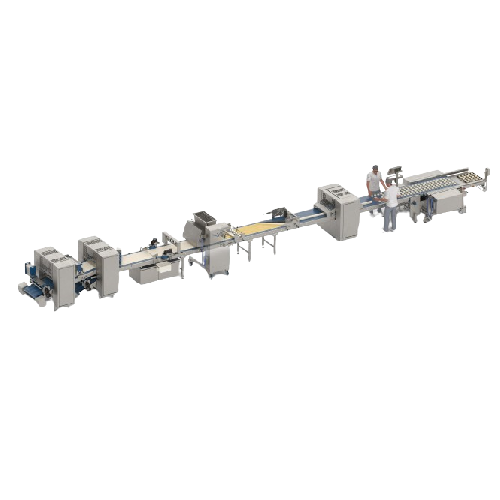
Pastry production line for large-scale bakeries
Streamline your bakery production with a versatile line designed to effici...
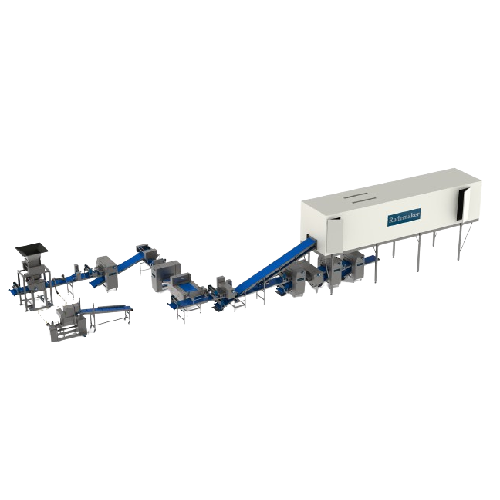
Dough laminating equipment for croissants and pastries
Optimize your bakery’s output with our advanced laminating e...

Industrial bread process line
Optimize your bakery operations with a versatile bread processing line, designed to handle a v...
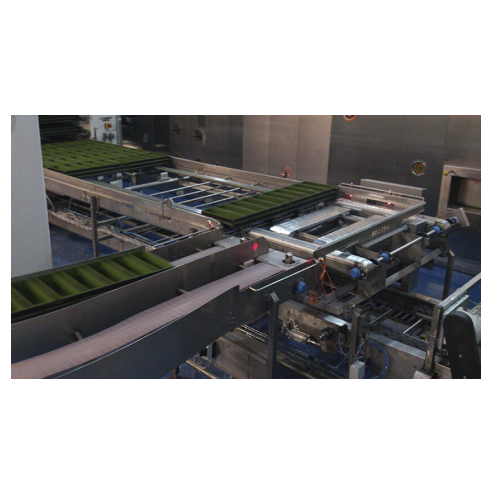
Industrial bakery conveying solutions
Ensure seamless, hygienic transport of bakery goods with precision-engineered conveyi...

Industrial croissant production line
Streamline your bakery’s operations with a versatile solution capable of produci...
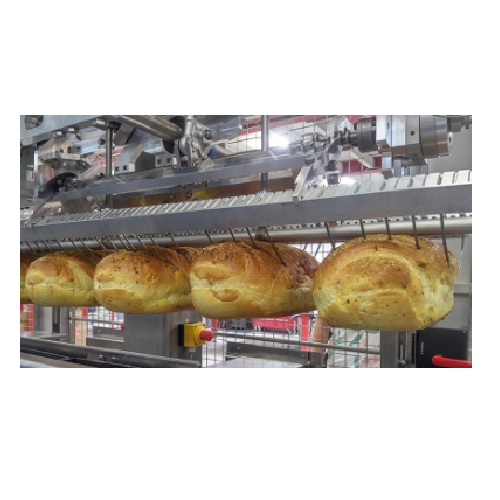
Advanced bakery depanning solutions
Streamline your bakery production with cutting-edge depanning technologies designed to ...
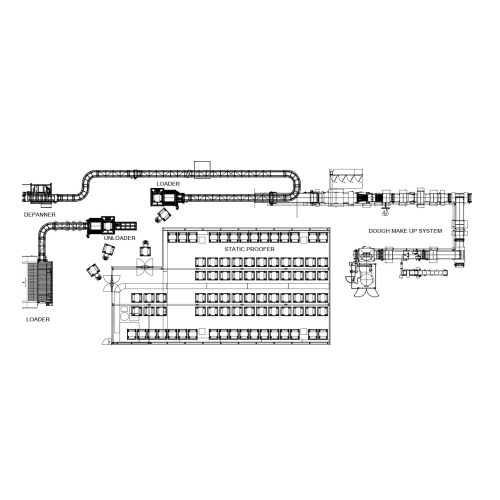
Automated bread production line
Optimize your bakery operations with precision-engineered systems that streamline every stag...
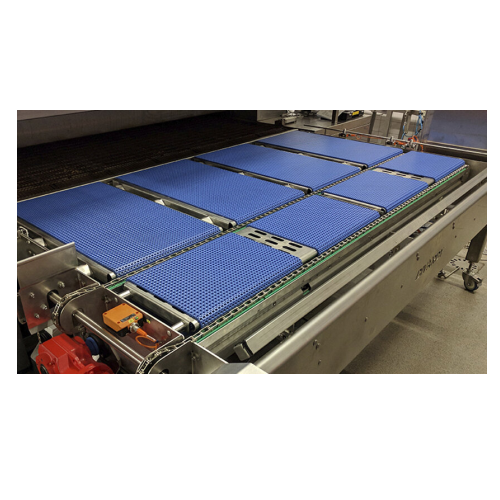
Automatic oven loading and unloading system
Streamline your bakery’s production efficiency with precise and synchron...
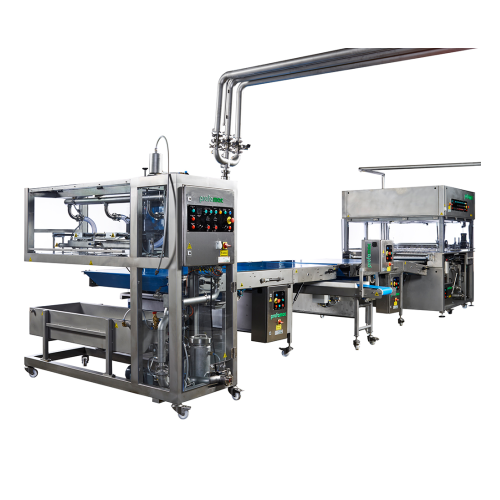
Chocolate decoration system for pralines and biscuits
Achieve intricate chocolate patterns and uniform coatings on confec...
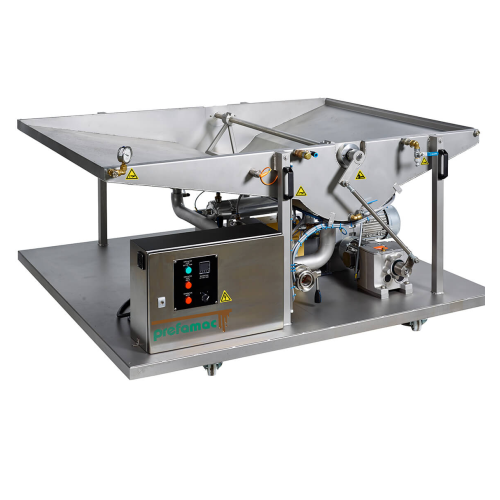
Chocolate enrobing system for industrial production
Effortlessly transition between chocolate types in your high-speed pr...
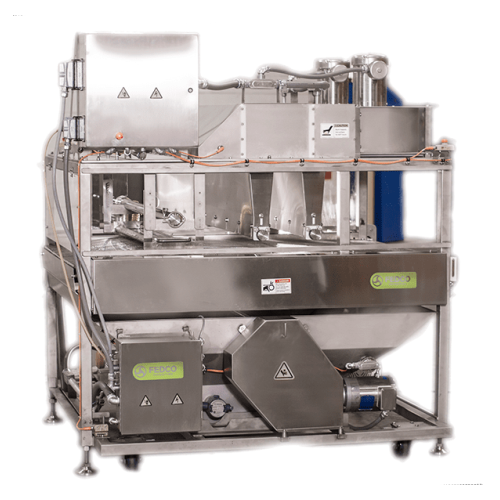
Enrobers for bakery goods coating
Ensure complete and uniform coating of baked goods, snacks, and pastries, enhancing produ...
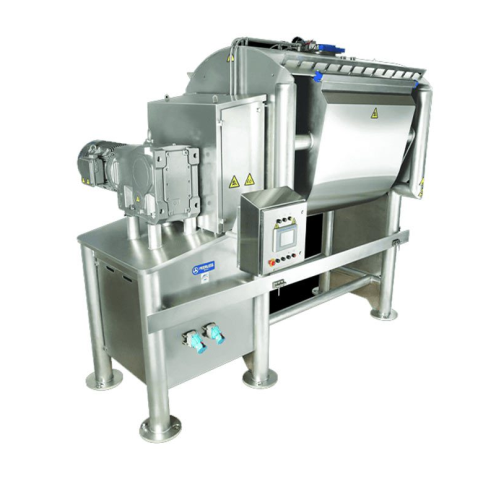
Open frame mixer for bread and pastry dough
Enhance your dough consistency and reduce production downtime with a robust, h...
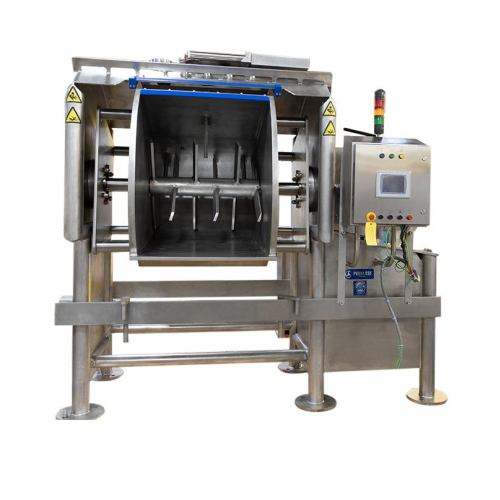
Open frame mixer for bread and dough applications
Enhance baking productivity with a versatile mixer designed for efficie...
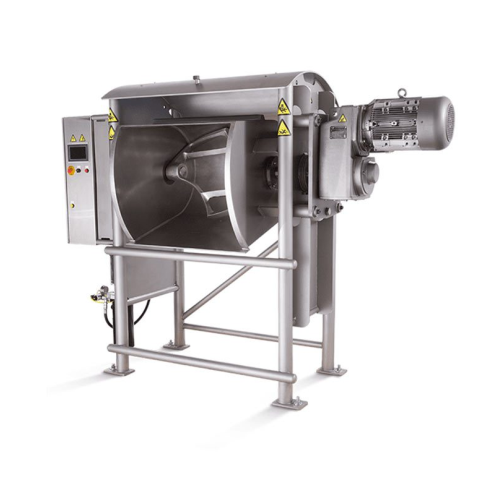
Medium duty mixer for breads and pastries
Achieve consistent dough development and uniform mixing for a wide variety of ba...
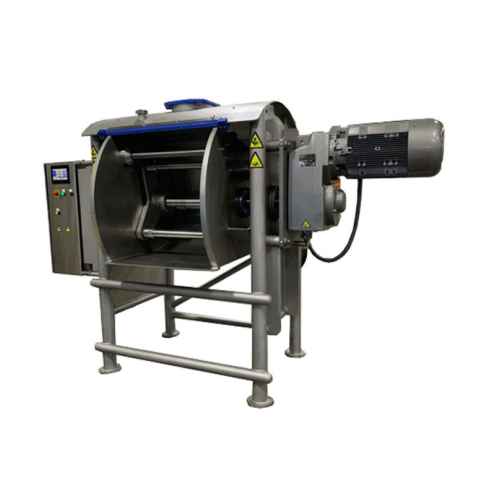
Medium duty mixer for dough preparation
Achieve perfect dough consistency across various products with a versatile medium d...
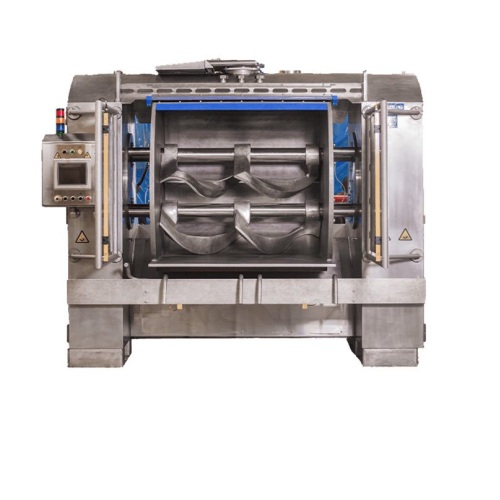
Traditional enclosed frame mixer for dough and batter preparation
Optimize your production with high-capacity mixing, e...
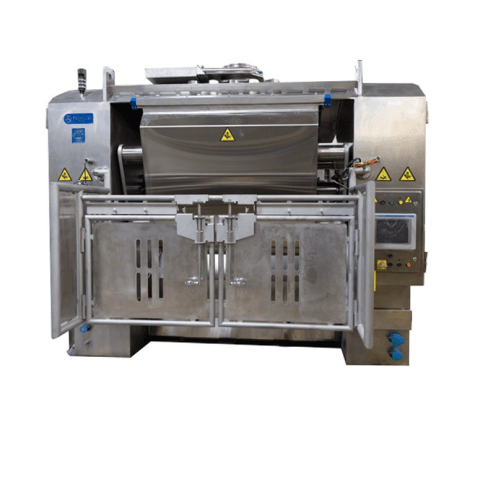
Industrial enclosed frame mixer for high-capacity dough mixing
Optimize your bakery’s output with a mixer designed...
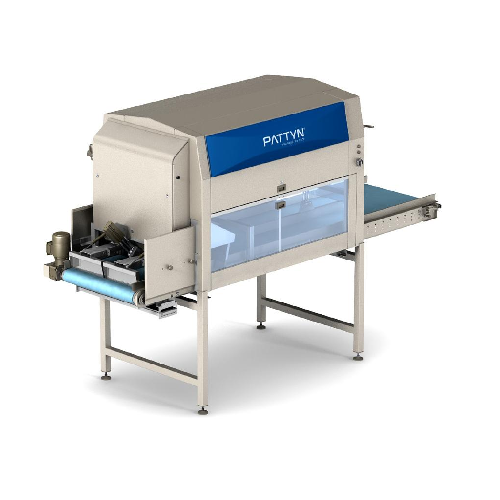
Vision counting system for bakery products
Achieve precise and consistent product counting with this advanced system, desi...
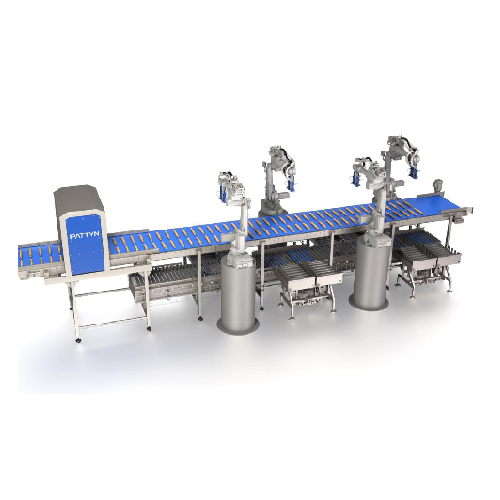
Industrial vision robot for optimized packing
Optimize your bakery production line with a system designed to efficiently p...
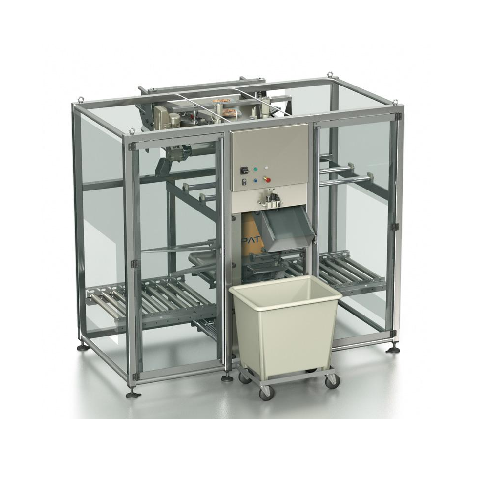
Bulk box filler for bakery and pastry products
Efficiently pack fragile bakery and pastry products with gentle handling an...
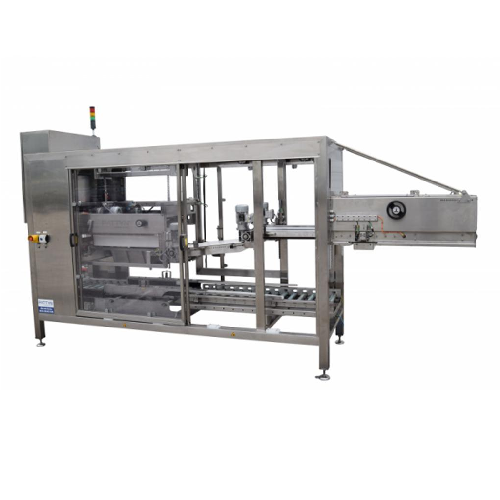
Industrial bakery bag dropper for boxes or trays
Enhance your bakery line with precision-based bag dropping solutions that...
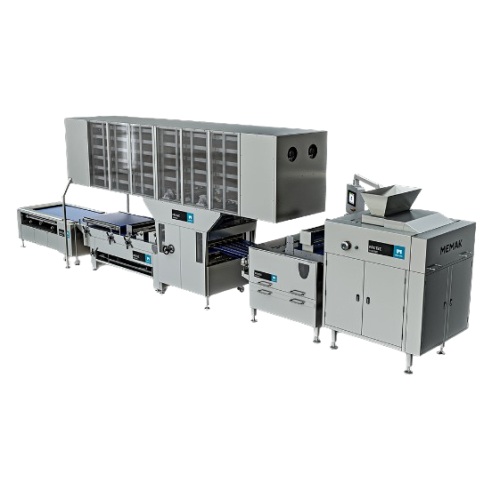
Dough divider for high-efficiency bakery production
Achieve precise dough division and high-speed production efficiency w...
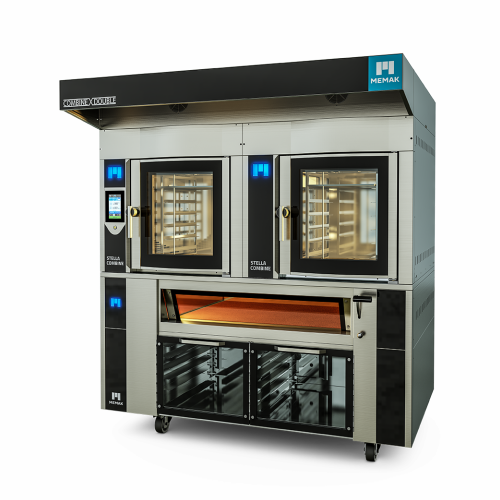
Convection oven for bakery production
Optimize your baking with precise temperature and humidity control, ensuring perfect ...
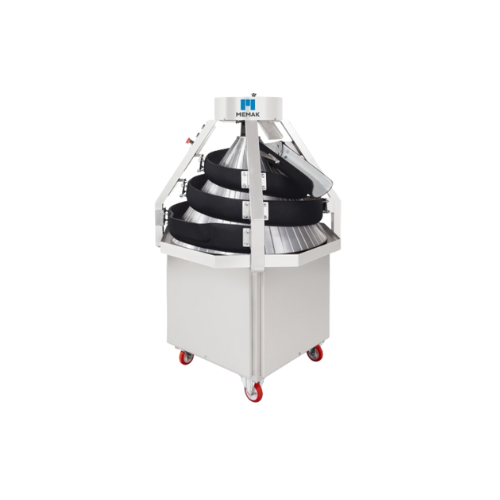
Conical rounder for bakery products
Optimize your dough handling process with efficient shaping solutions, ensuring consist...
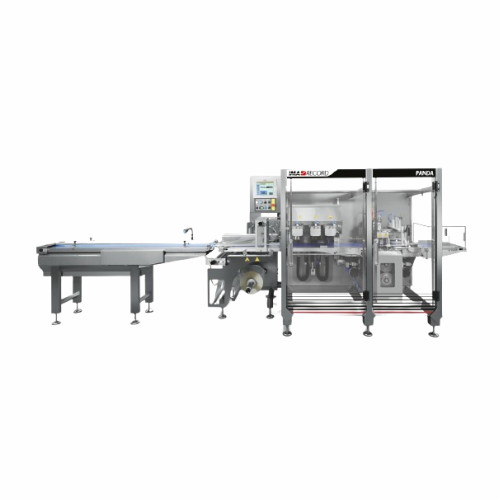
Flow wrapping solution for fresh produce and food products
Optimize packaging efficiency for irregular products with a v...
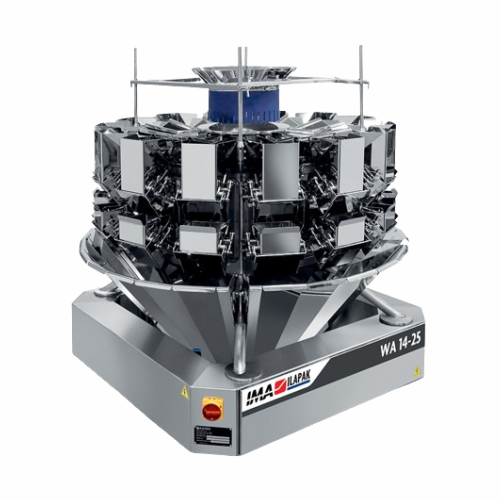
High precision multihead weigher for confectionery production
Achieve precise weighing and counting for varied product c...
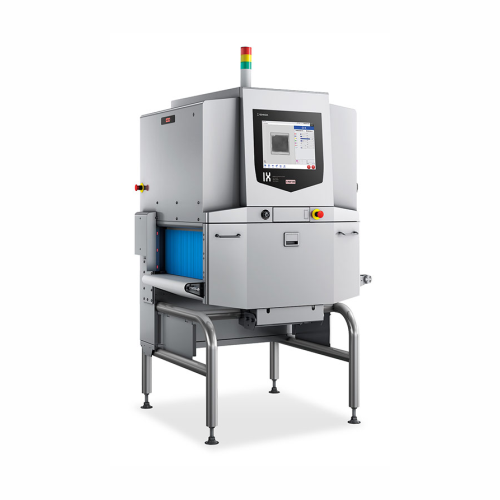
X-ray inspection system for contaminant detection
Detect and eliminate foreign contaminants in a wide range of food produ...
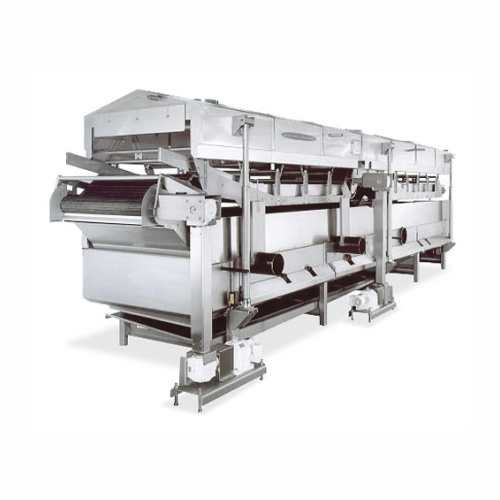
Continuous french fry fryer
Achieve optimal frying conditions with precise temperature control and rapid load adjustments, e...
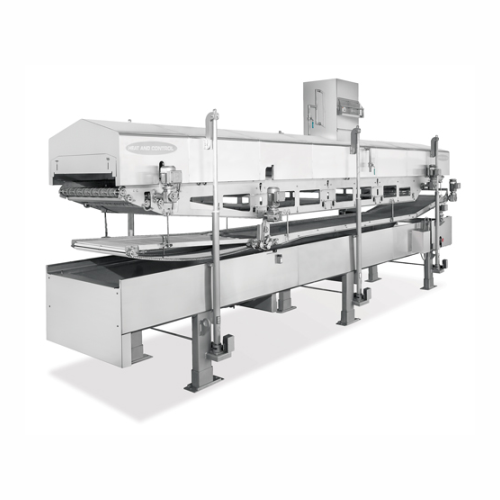
Breaded products fryer
Achieve superior coating preservation and precise frying temperature control with this fryer, designed...
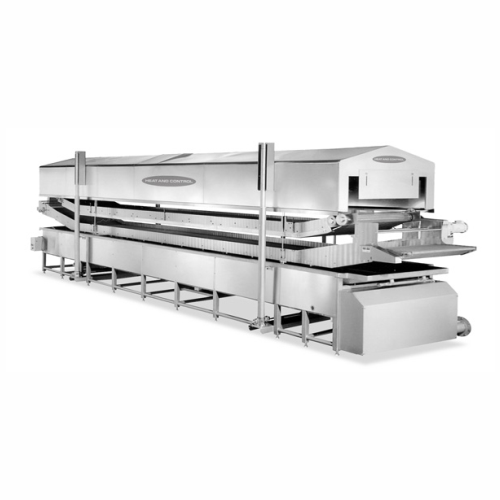
Industrial bagel boiling system
Ensure consistent bagel quality with high-capacity boiling, coupled with continuous water fi...
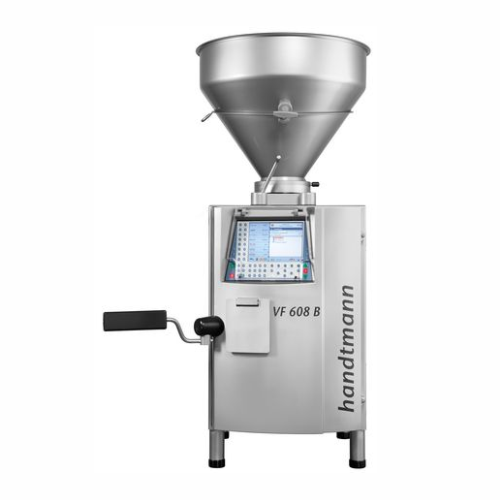
Dough portioning system for bakery operations
Achieve precise dough portioning with minimal waste using our advanced syste...
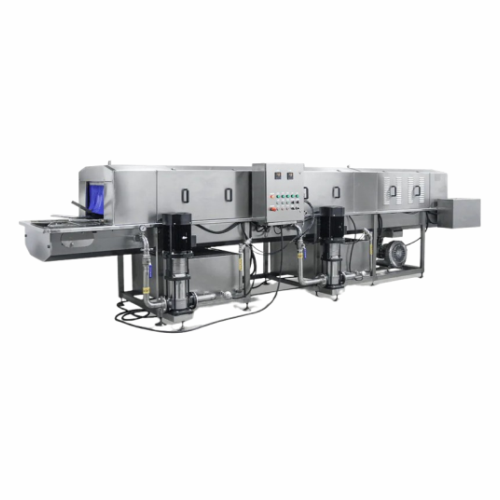
Automatic tray washer for gummy production cleanup
Eliminate gummy residue efficiently with high-pressure tray washing, e...
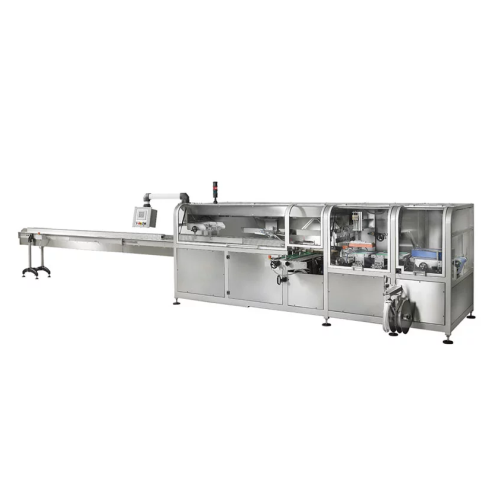
Automatic packaging system for preformed bags
Enhance your bakery’s efficiency with advanced preformed bag packaging...
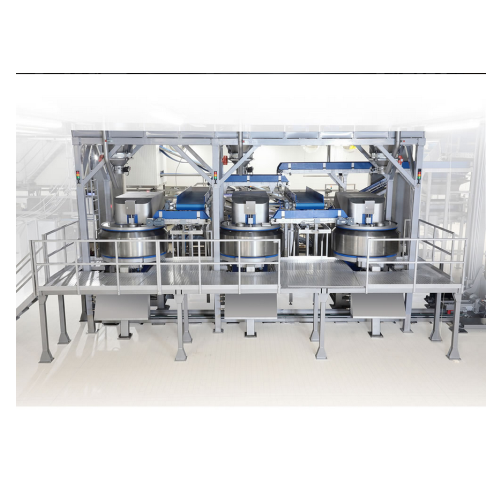
Double jacketed mixer for dough cooling
Achieve consistent dough quality and superior gluten development with precise tempe...
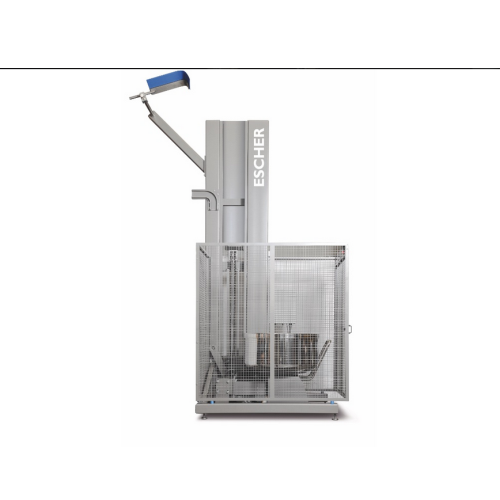
Industrial bowl lifter-tipper
Streamline your bakery production with a solution that simplifies dough handling by seamlessly...
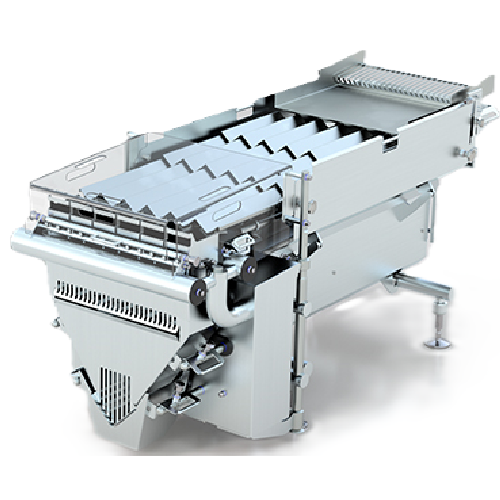
Food counting system for hygienic applications
For food processors needing precise quantity control, this counting system ...
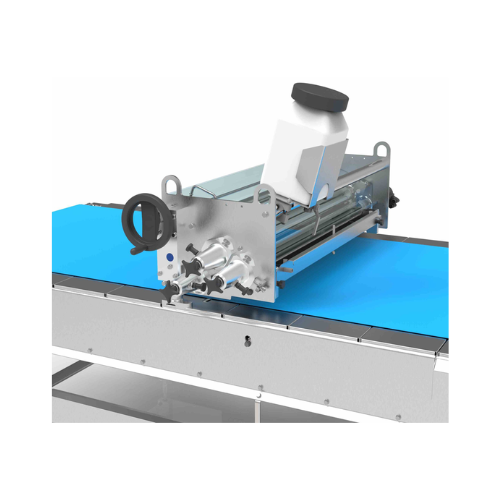
Washover unit for baked goods
Maximize production efficiency with quick-changeover washover units designed for seamless liqu...
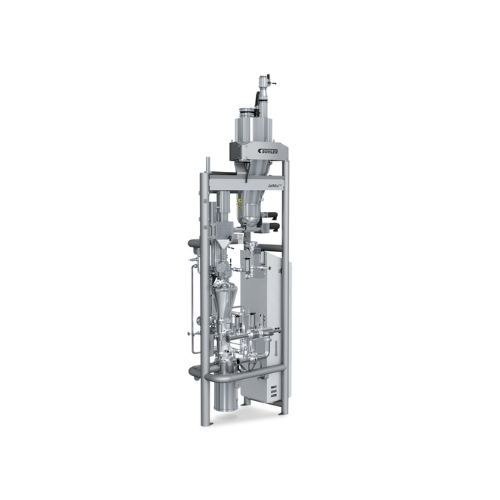
Hydration solutions for baked goods
Achieve consistent dough quality faster with a system that precisely hydrates and mixes...
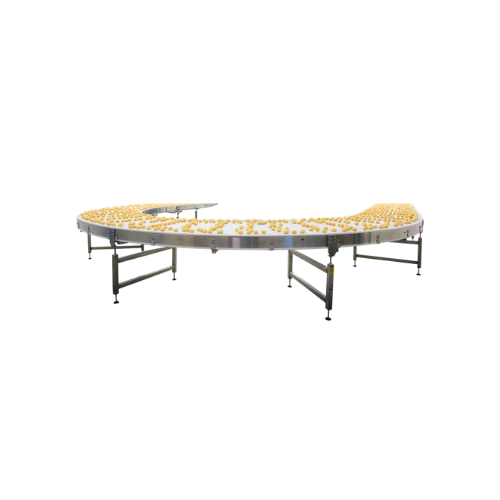
Cooling conveyor for baked goods
Efficiently adapt your baked and confectionery goods to ambient conditions, ensuring optima...
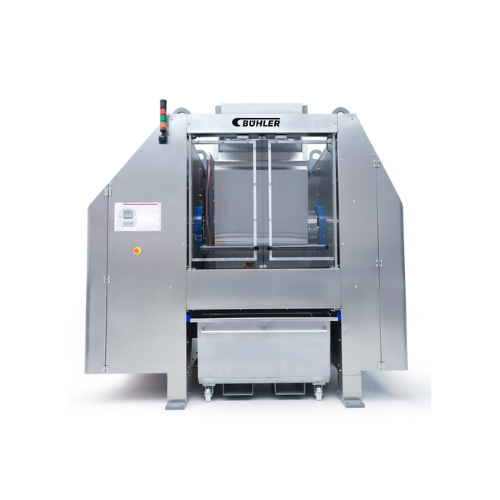
High-speed mixer for dough production
Achieve consistent dough quality and streamline your production process with this ver...
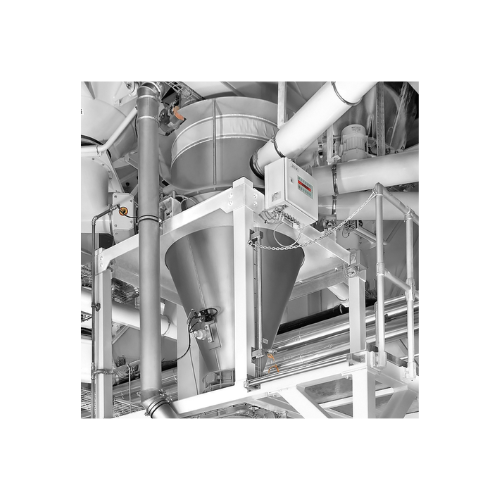
Weighing and receiving container for floury products
Achieve precise and consistent ingredient proportions with this syst...
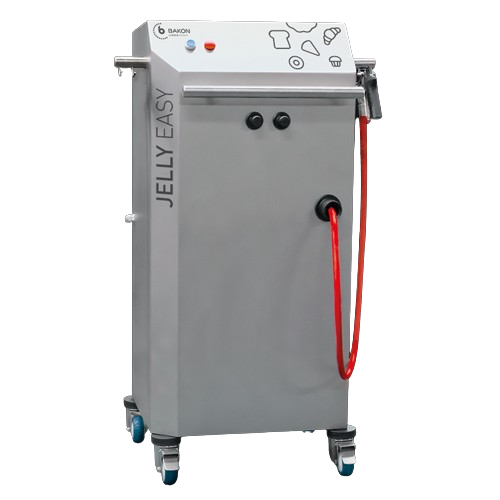
Glaze spraying system for bakery products
Achieve perfect glaze and finish on your bakery products with precision spraying...
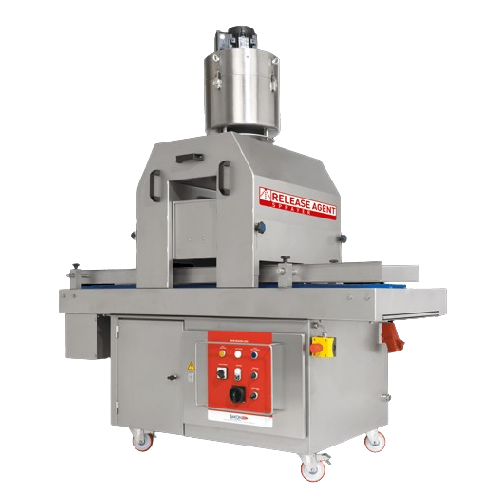
Release agent sprayer for baking trays and moulds
Achieve perfect results in baking by ensuring efficient and uniform gre...
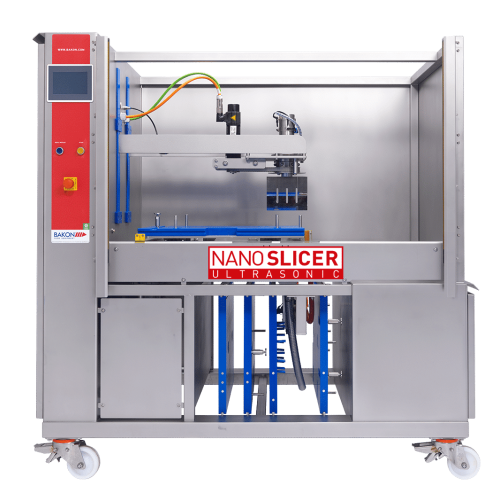
Ultrasonic slicer for precise food cutting
Achieve perfectly portioned bakery and food products with precision ultrasonic ...

Ultrasonic cutter for pastry and bakery products
Achieve precise, high-quality cuts for your bakery and confectionery prod...
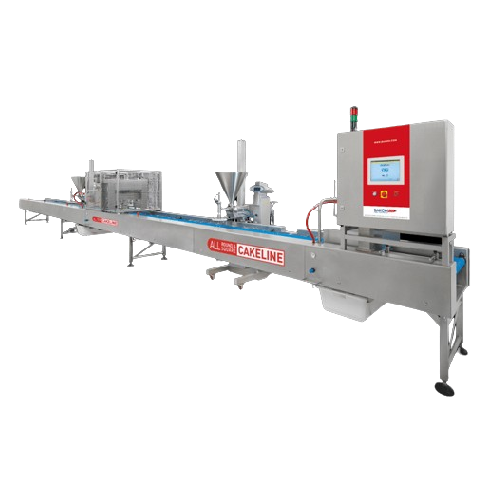
Production line for round and square cakes
Streamline your bakery operations with a modular cake production line designed ...
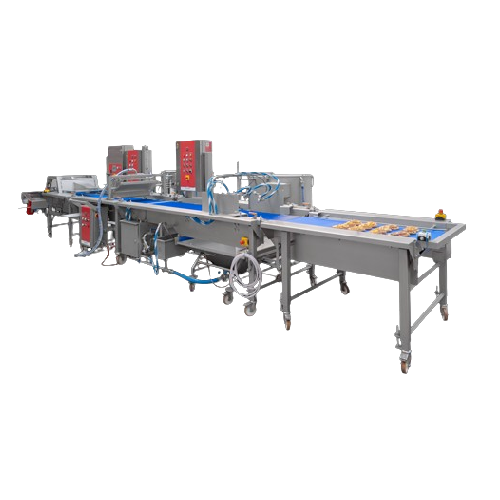
Industrial glazing line for high-volume production
Elevate your production efficiency with this robust glazing line, opti...
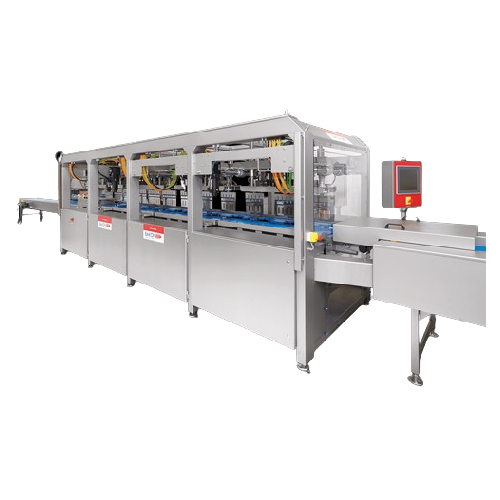
Ultrasonic cutting line for bakery products
Experience precise slicing and cutting efficiency with our high-capacity ultra...
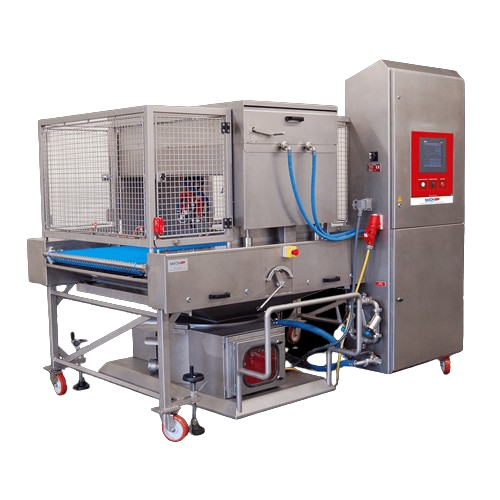
High-volume spraying system for glazes and marmelades
Streamline your glazing process with a system designed to minimize ...
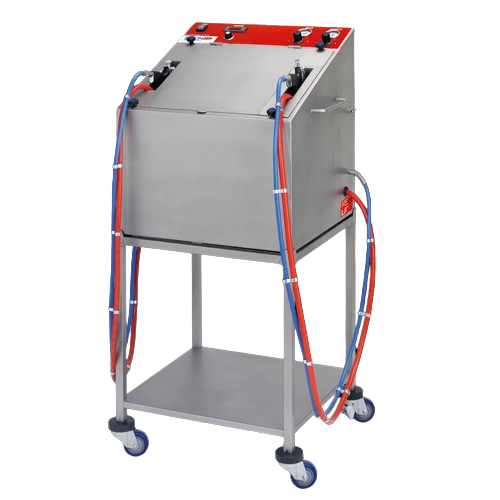
Chocolate spraying system for bakery decoration
Achieve precision chocolate coatings and intricate dessert decorations eff...
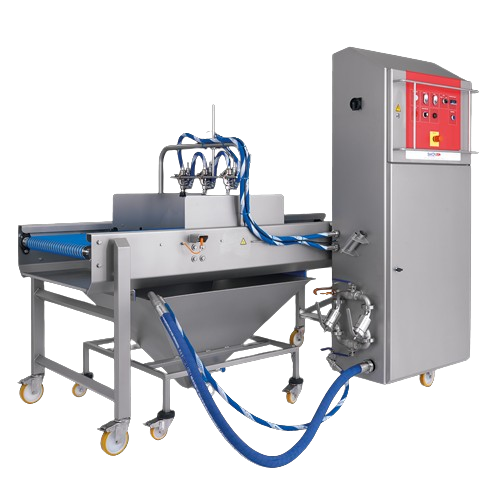
Industrial glaze sprayer for high-volume bakery production
Enhance product appeal and extend shelf life with precise gla...
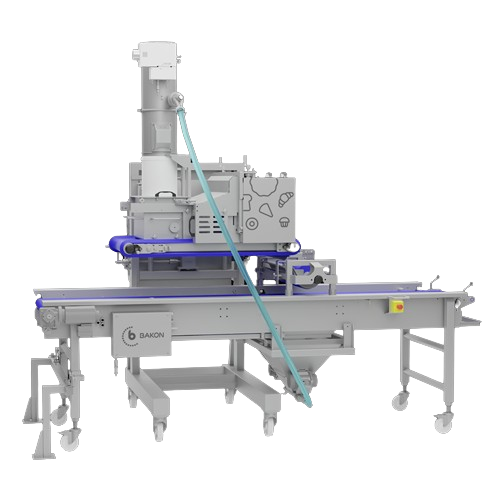
Efficient topping strewer for bakery production lines
Enhance your product’s appeal and streamline topping applicat...
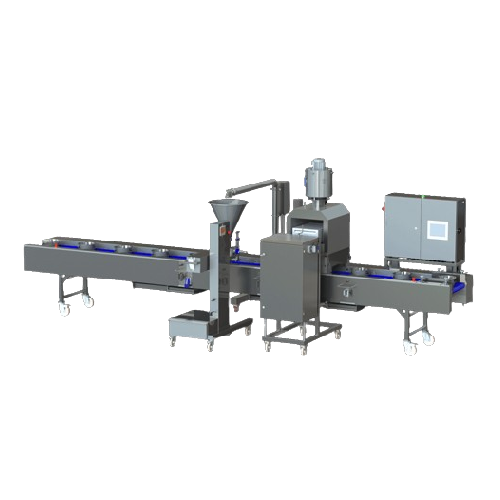
Cake batter depositing line
Streamline your production with precise batter depositing and greasing, minimizing waste and opt...
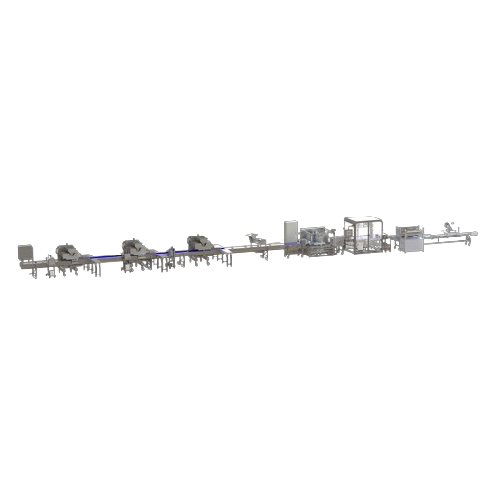
Full production line with depositing and ultrasonic cutting
Streamline your baked goods and dessert production with this...

Full production greasing and depositing line for bakery products
Elevate your production process with a greasing and dep...
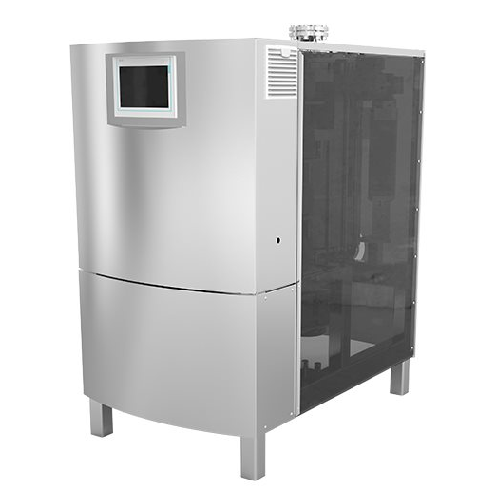
Energy efficient chocolate tempering solution
Enhance your chocolate products with precise temperature control, reducing e...
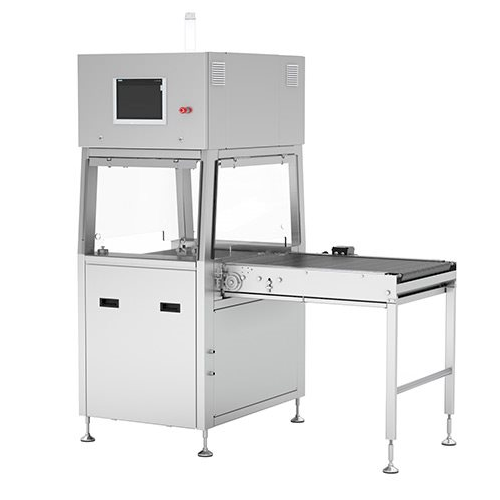
Bottom enrober for chocolate and confectionery products
Optimize your production line with precise bottom enrobing, ensur...

Depositor and extruder for confectionery production
Enhance productivity with precision depositing and flexible extruding...
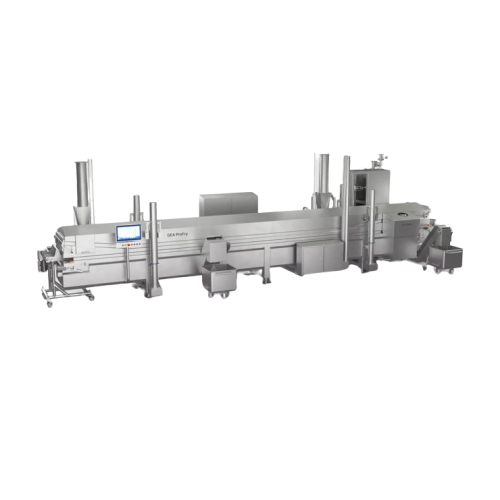
Industrial food processing fryer
Ensure consistent frying quality and enhanced sediment removal for high-volume food product...
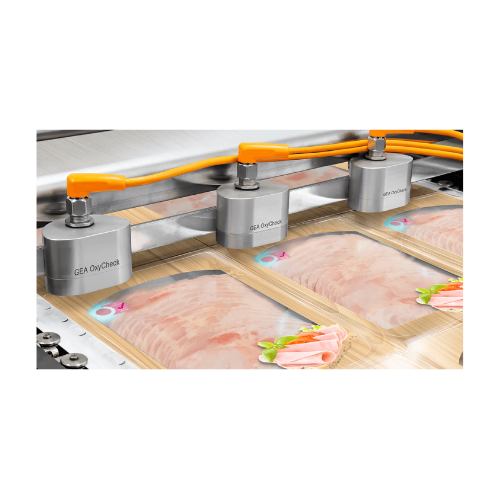
Oxygen and leakage detection in Map packaging
Ensure enhanced food safety and reduce waste with precise oxygen and leak de...
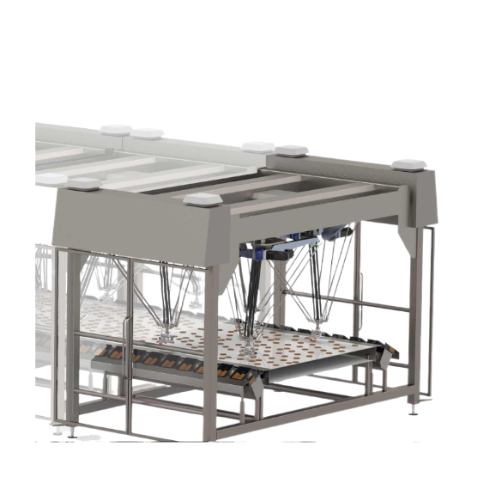
Robotic pick and place system for bakery products
Enhance your bakery production line with advanced robotic systems that ...
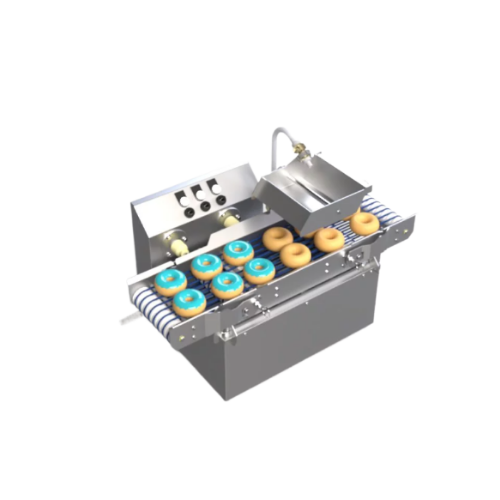
Donut glazing system for rapid production
Streamline your bakery operations with a compact system that thaws and glazes do...
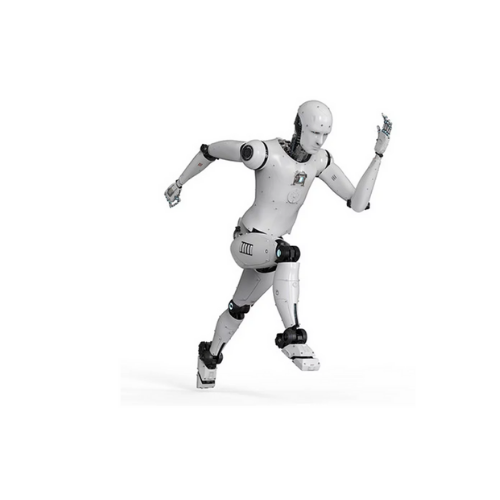
Robotic tray handling for baking production lines
Enhance production efficiency by seamlessly integrating advanced roboti...
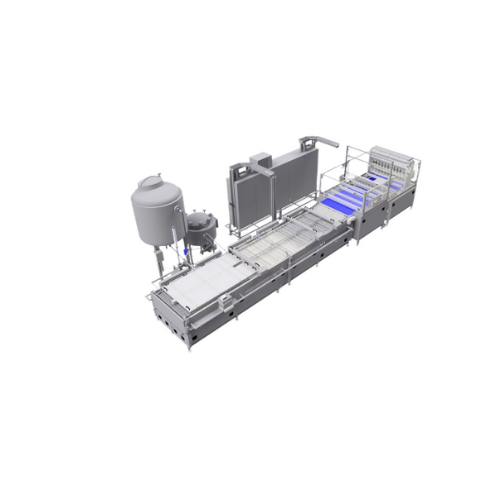
Industrial continuous frying system for donuts and pastries
Achieve artisanal-quality frying with high-volume efficiency...
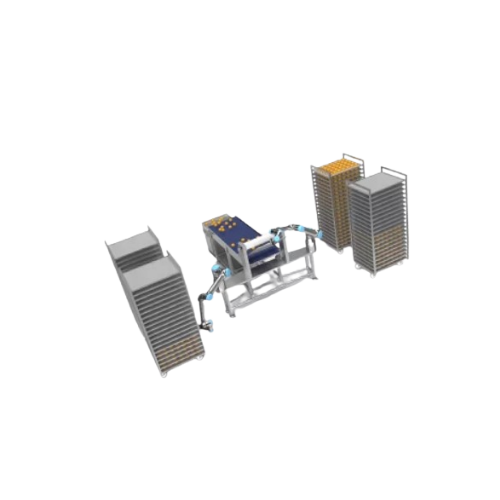
Custom deep frying system for unique product requirements
For bakeries tackling specialized frying needs, this customiza...
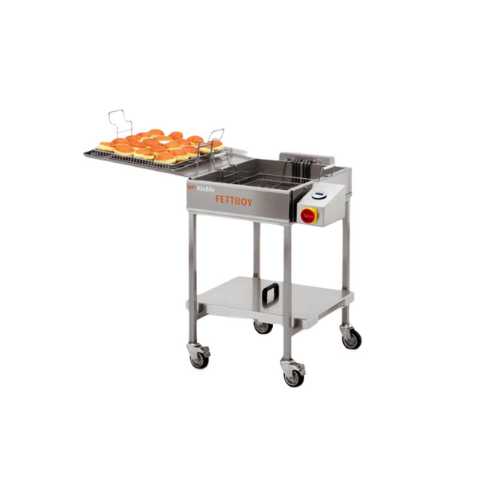
Small batch deep fryer for bakery demonstrations
Achieve consistently low fat absorption and perfect results for small bat...
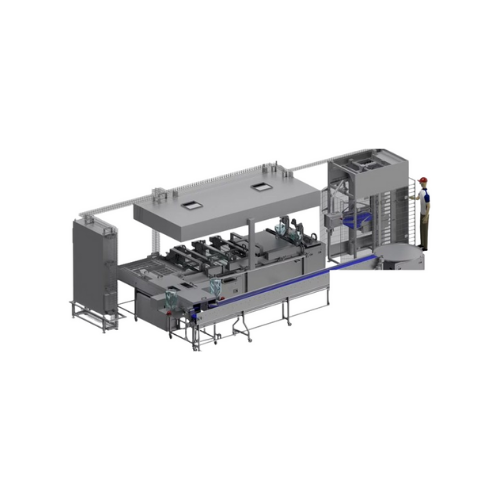
Industrial deep fryer for high-volume donuts
Streamline your high-volume pastry production with an advanced fryer system d...
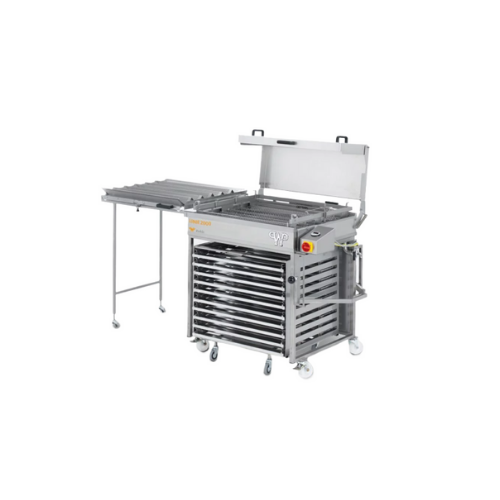
Industrial donut fryer for high output and customization
Enhance your donut and pastry production efficiency with a custo...
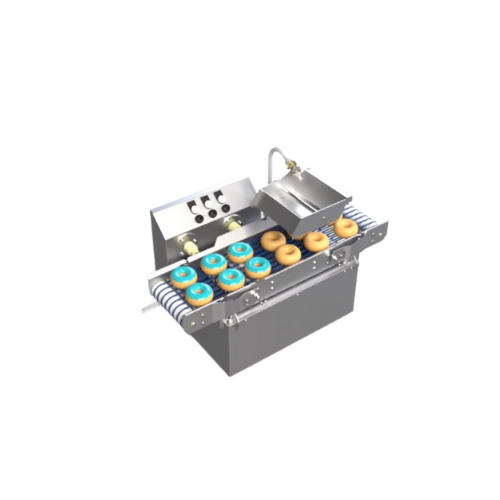
Infrared oven for fast thawing and glazing
Streamline your donut production by seamlessly integrating rapid thawing and gl...
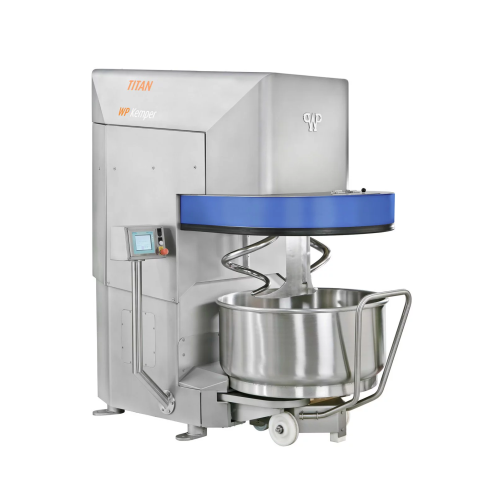
High performance spiral mixer for dough preparation
Achieve consistent dough quality with ease by integrating a high-perf...
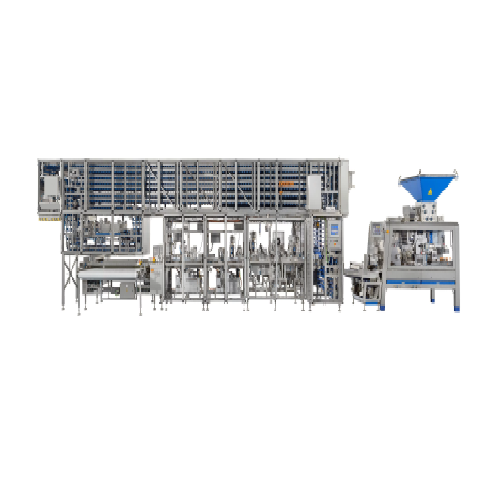
Modular roll line for high-capacity bakery production
Streamline your bakery’s production process with high-speed, ...
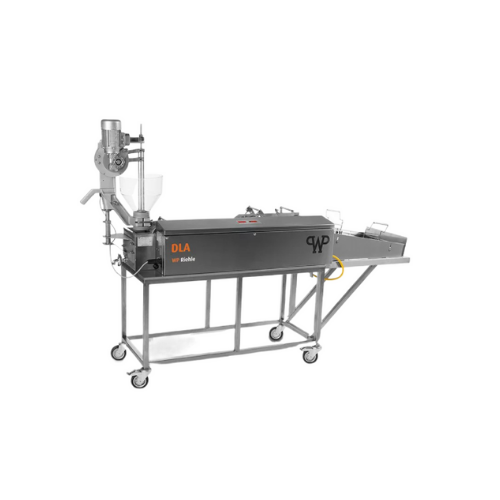
Continuous deep fryer for consistent and efficient frying
Streamline your frying processes with this innovative continuo...
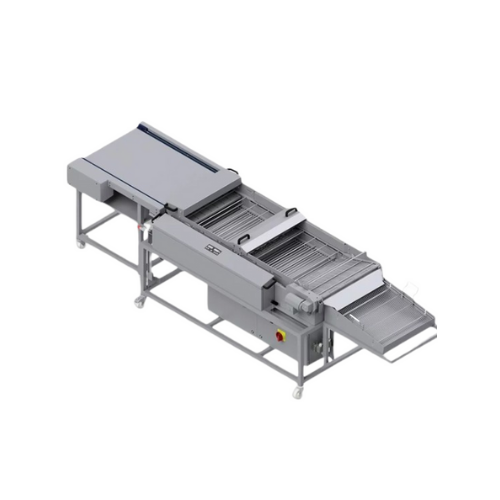
Continuous open kettle fryer for donut production
Effortlessly produce high-quality donuts with precise temperature contr...
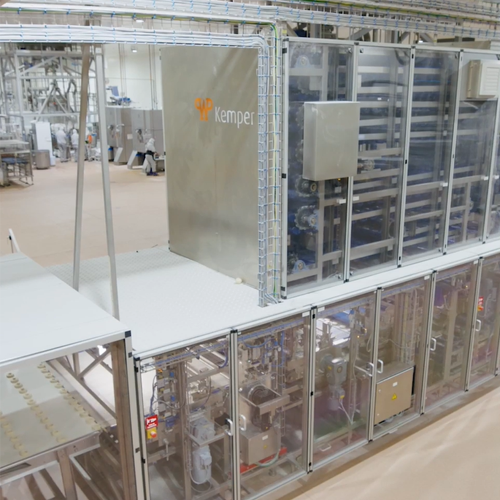
High-performance donut and ball donut production line
Efficiently produce a wide variety of donuts with precise shape and...
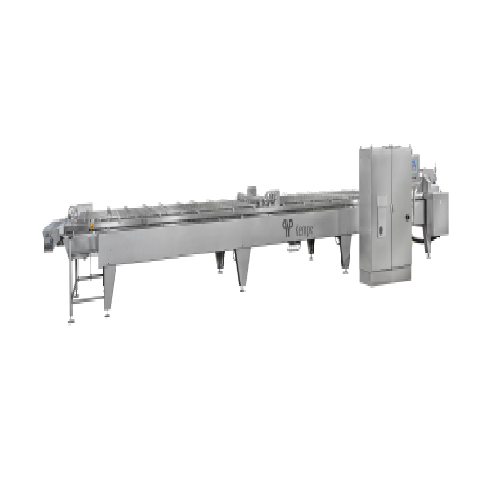
Industrial fryer for donuts and ball donuts
Maximize your deep-fried pastry output with precise control over frying condit...
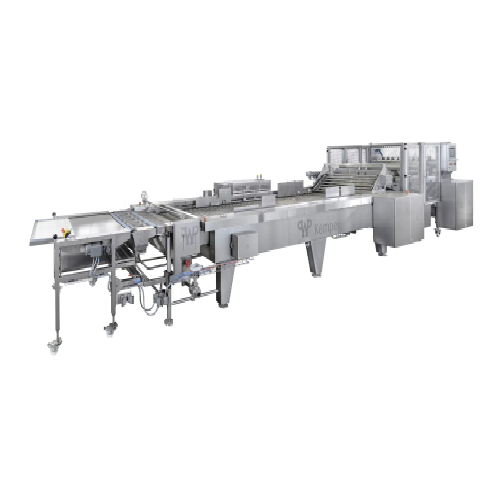
Automatic fryer for producing donuts and ball donuts
Achieve consistent quality in donut production with this compact fry...
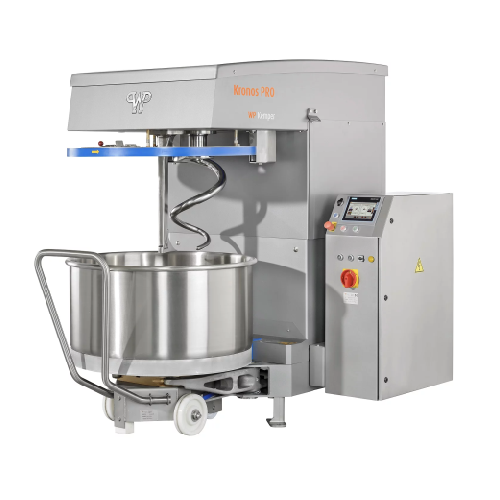
Industrial spiral mixer for dough production
Achieve precise control in dough consistency and quality with this spiral mix...
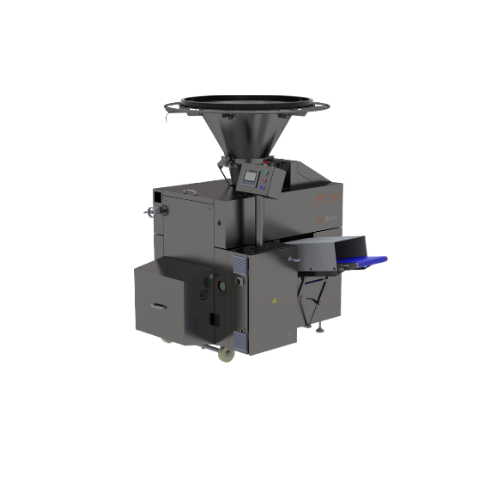
Weight accurate dough divider for various dough types
Achieve high-speed, precise dough portioning with adjustable pressu...

High-precision checkweigher for dough processing
Ensure consistent dough quality and reduce waste with precise weight corr...
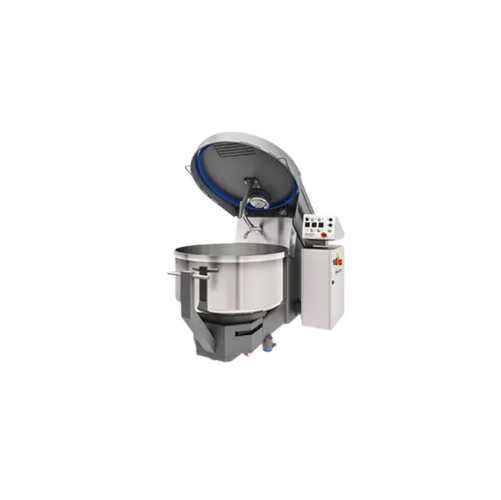
Vertical mixing solution for bakery and snacking industry
Streamline your dough processing with robust and reliable spir...
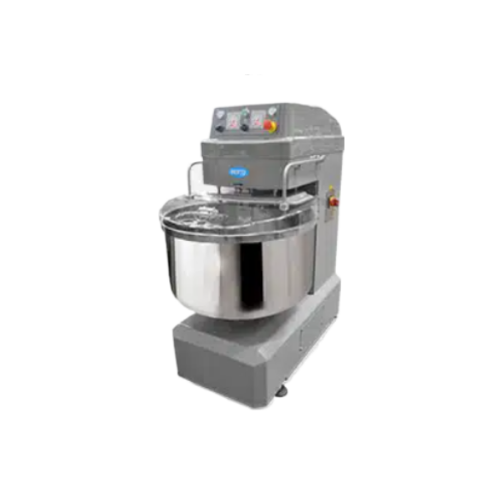
Spiral mixers for bakery dough
Transform your bakery production with precise and consistent dough mixing, ensuring every bat...
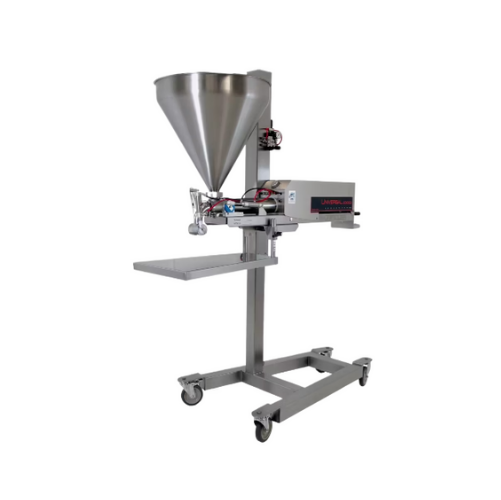
Industrial depositor for bakeries
Enhance your bakery production with precision depositing and filling, designed to handle ...
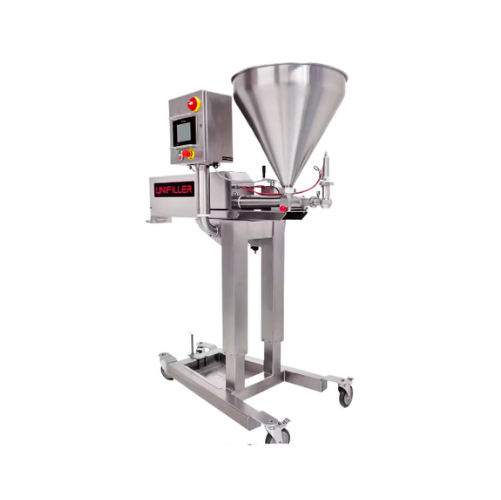
Industrial servo-based depositor for cake production
Effortlessly manage diverse depositing tasks across high-speed baker...
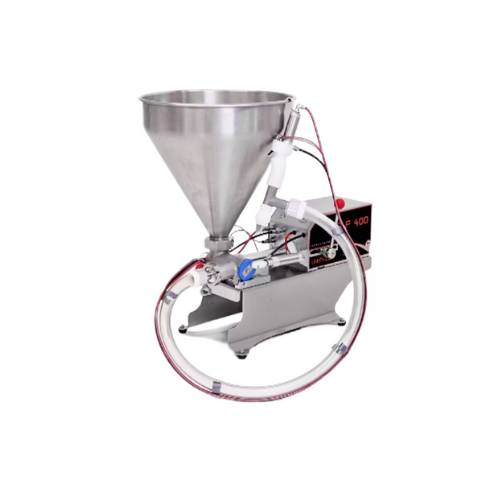
Portable table top bakery depositor
Optimize your baked goods production with precise portioning and rapid depositing, all ...
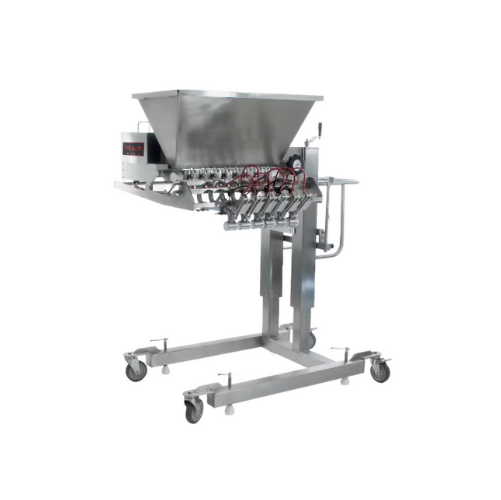
Multi piston depositor for automated bakery filling
Optimize your bakery production with precise portioning and filling, ...

Servo deposition system for industrial cake production
Effortlessly streamline your food production process with precise ...
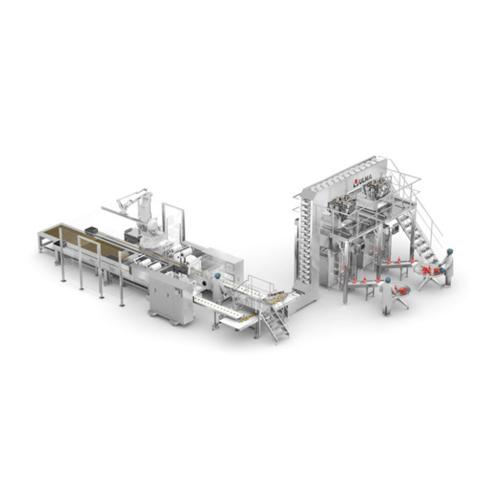
Complete solution for packaging of bakery products
Streamline your bakery’s packaging process with a fully automate...
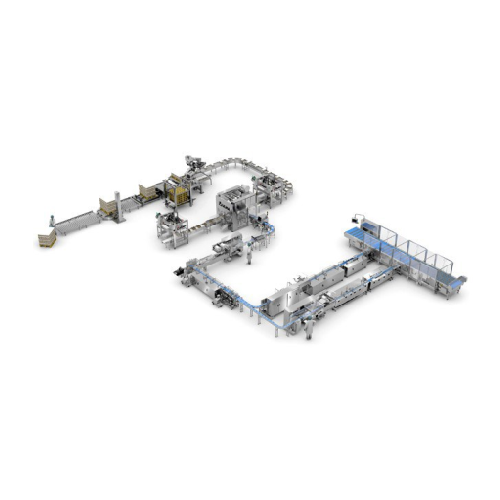
Sweet baked goods packaging solution
Optimize your sweet baked goods packaging process with a fully automated solution desi...
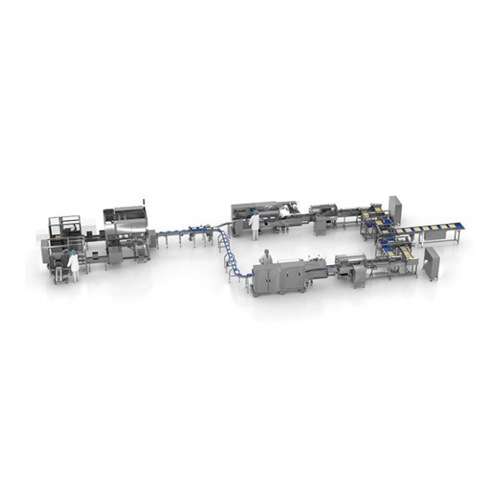
Automated packaging line for wafers
Optimize your wafer production with high-speed, fully automated packaging and versatile...
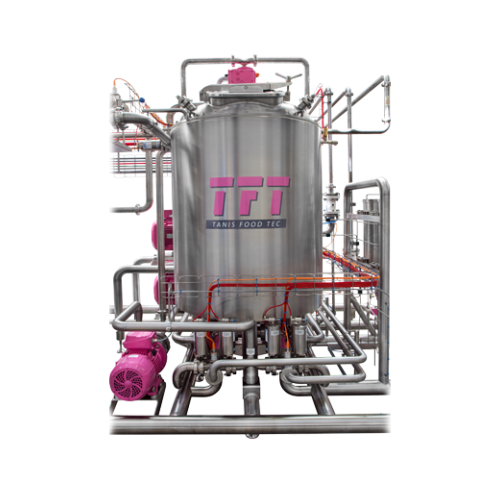
Buffer tank for consistent product temperature control
Ensure consistent product temperatures and streamline your product...
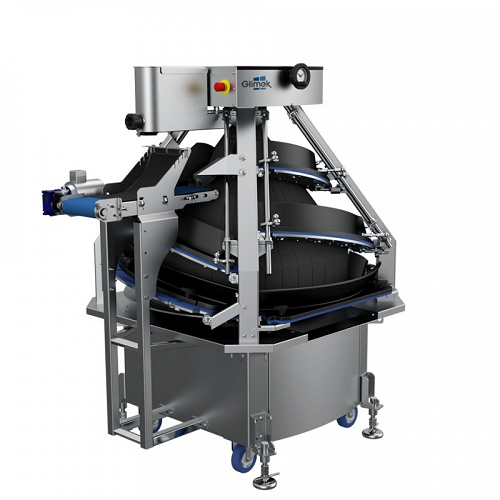
Industrial conical dough rounder
Streamline your dough production with a high-capacity rounder designed to optimize dough sh...
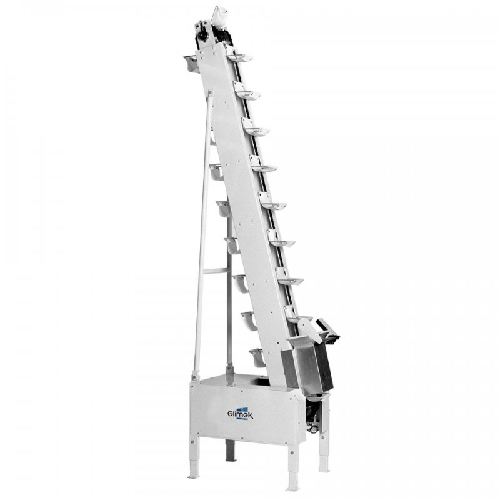
High-capacity dough cup elevator for industrial bakeries
Enhance your bakery’s efficiency with a dough cup elevator...
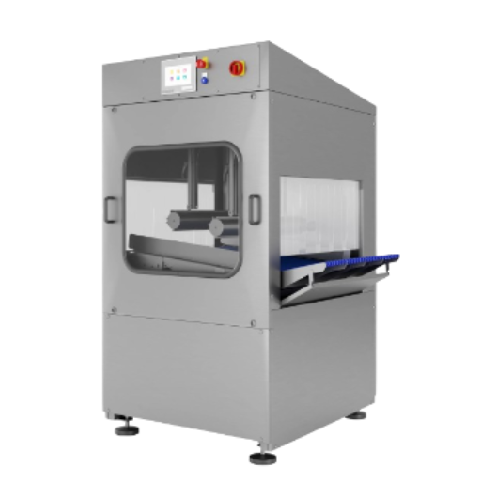
Stainless steel drying tunnel for packaging lines
Optimize your packaging line efficiency by ensuring products are thorou...
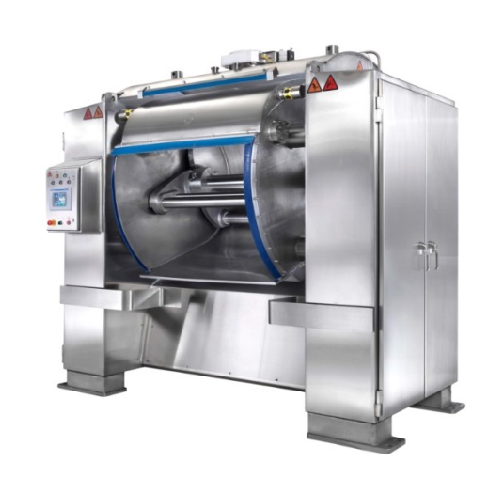
Dough mixer for high-volume bakery production
Effortlessly handle diverse dough varieties with precision using this mixer,...
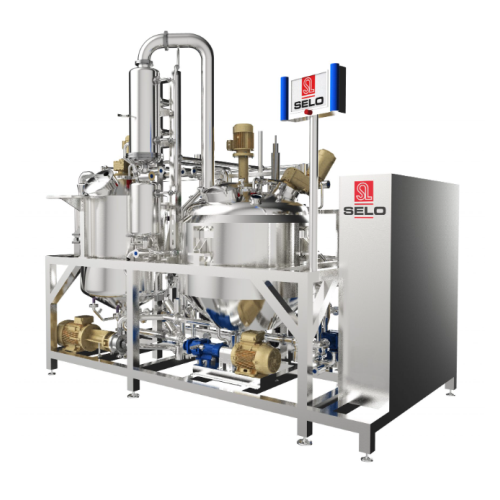
Efficient jam and marmalade production line
Optimize your fruit and bakery product lines with equipment designed for high-...
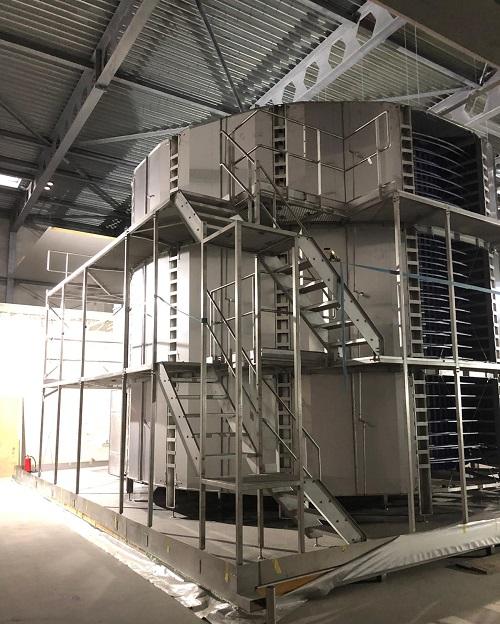
High capacity freezer for food
Freezing is one of the most important industrial methods for the long-term preservation of fo...
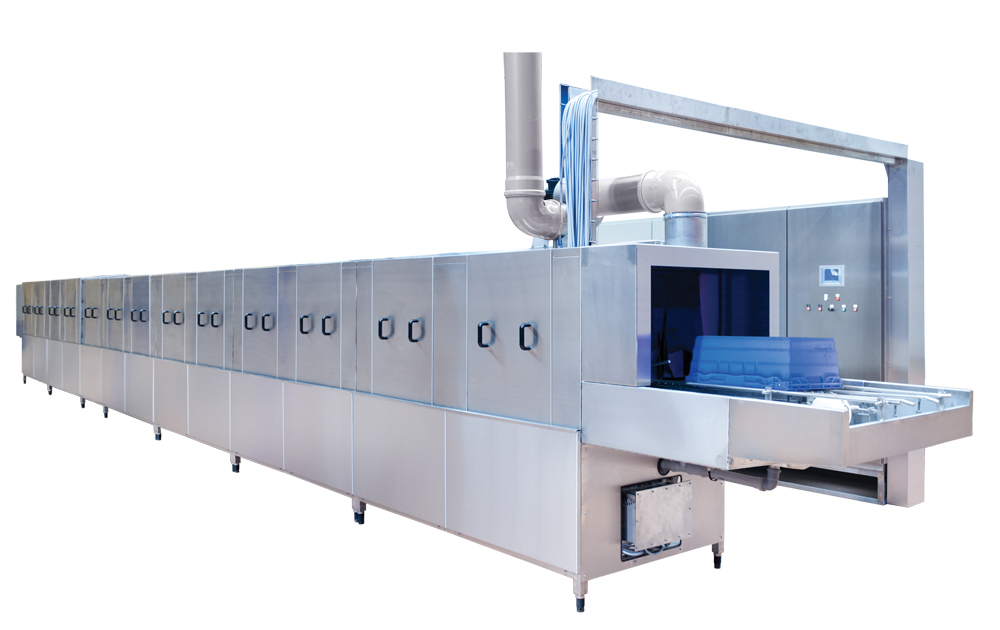
Industrial washer for plastic crates
In the food production sector, hygiene regulations are getting stringent by the day. E...
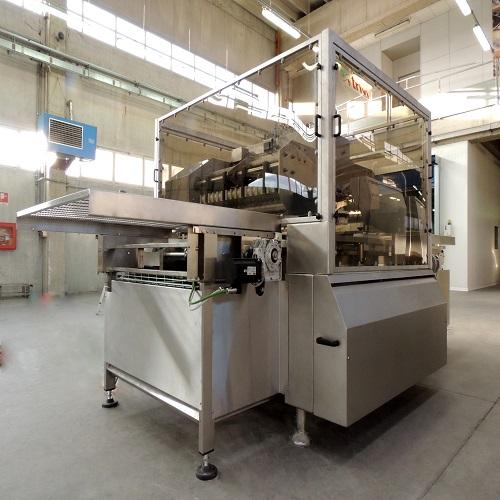
Cream filling machine for bakery industry
Cream and other fillings in bakery products must be injected in the right volume...
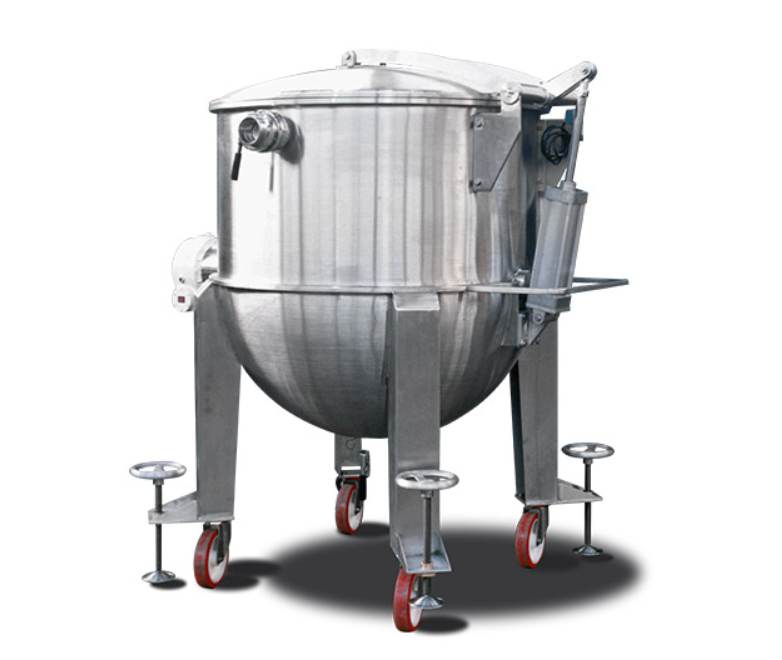
Batch cooker for fruit puree
The fruit pulp is used in many different bakery products, especially as a filling. Since fruit ...
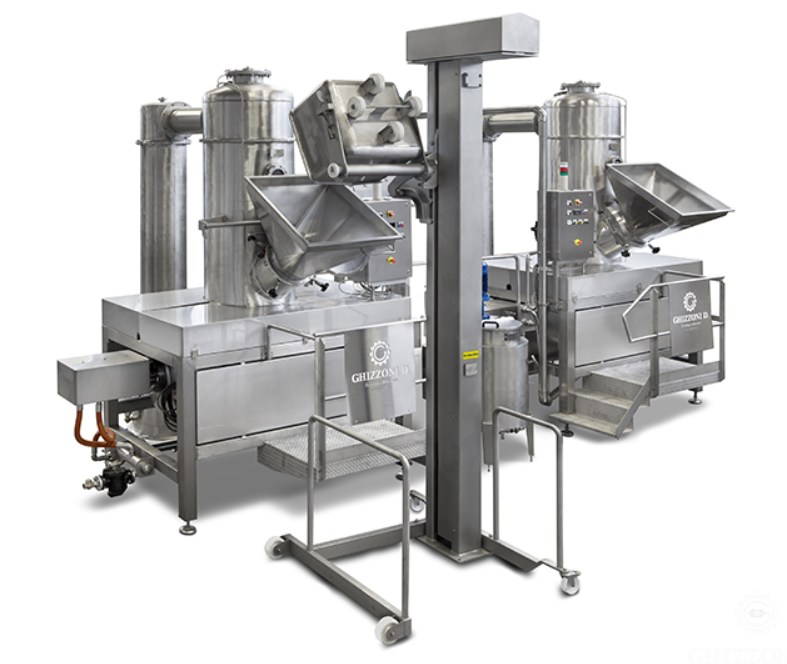
Concentrator for fruit puree preparation
Fruit puree is often an ingredient of various fruit-flavored yogurts, which someti...
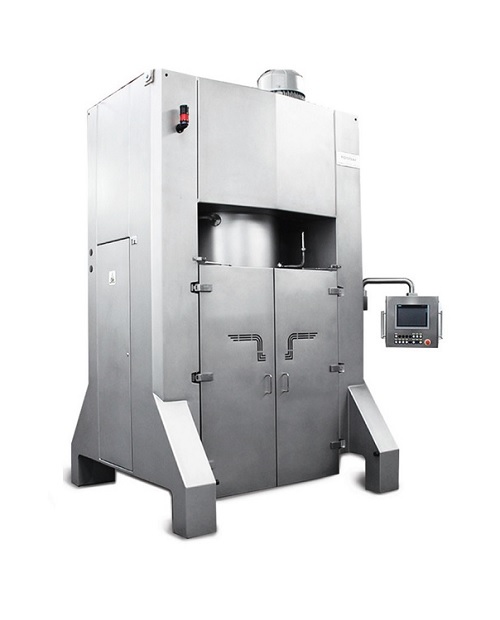
Planetary mixer for confectionery and bakery production
For the best quality confectionary and bakery products, controlla...
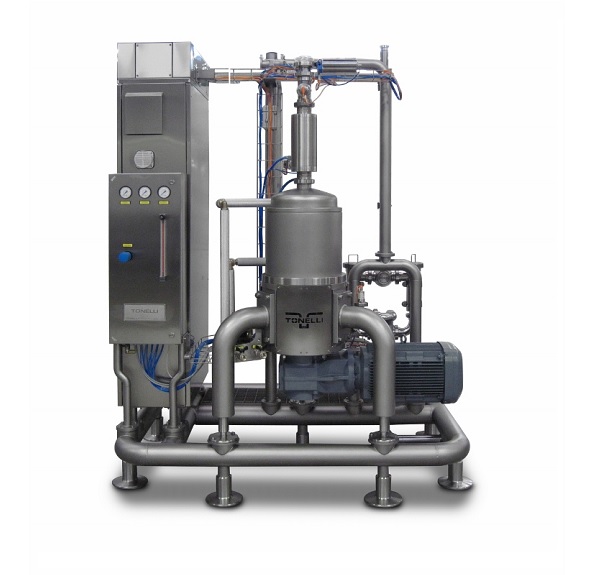
Mixer for aeration of confectionery and bakery products
Aerated products can be difficult to mix thoroughly without reduc...
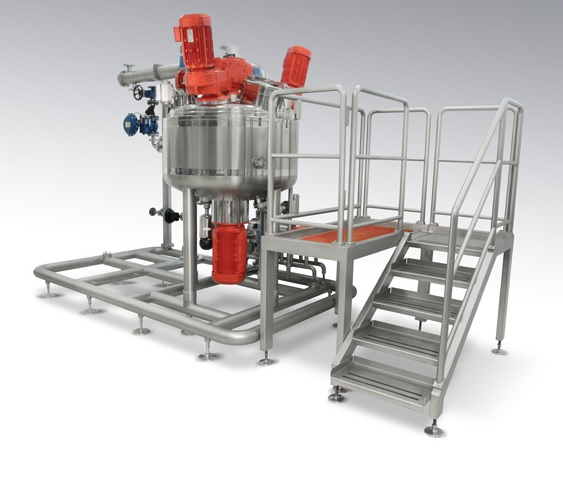
Temperature-treatment mixer for bakery & gastronomy
The production of creams, sauces, ragouts, ready-to-bake, and sim...
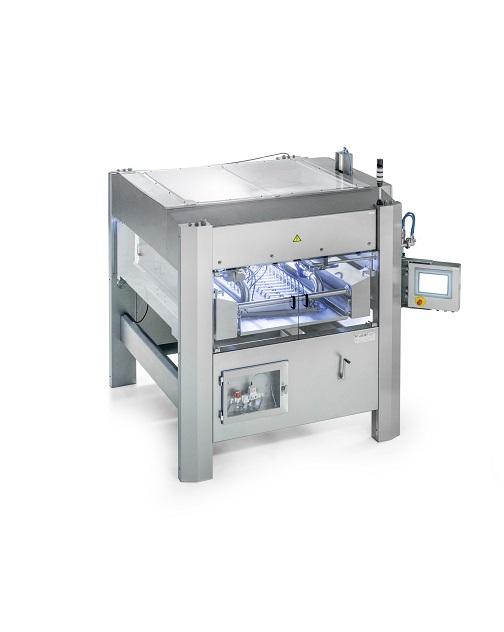
High speed decorator for donuts
Donuts quite simply need decorations. The added value through unique and visually appealing ...
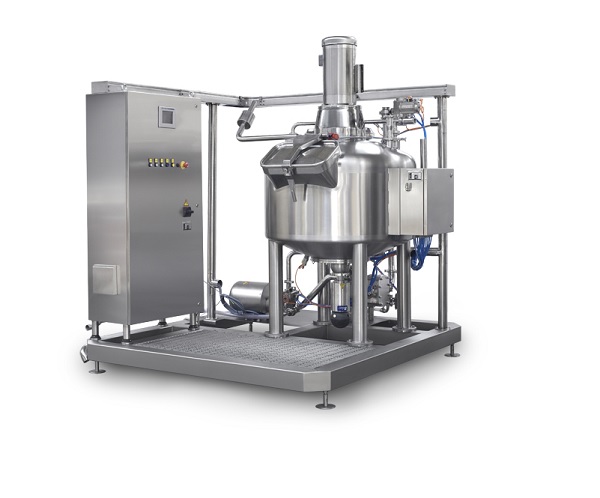
Centrifugal mixer for batters and creams
Batters, creams and other delicate sauces and emulsions take time to mix, reducing...
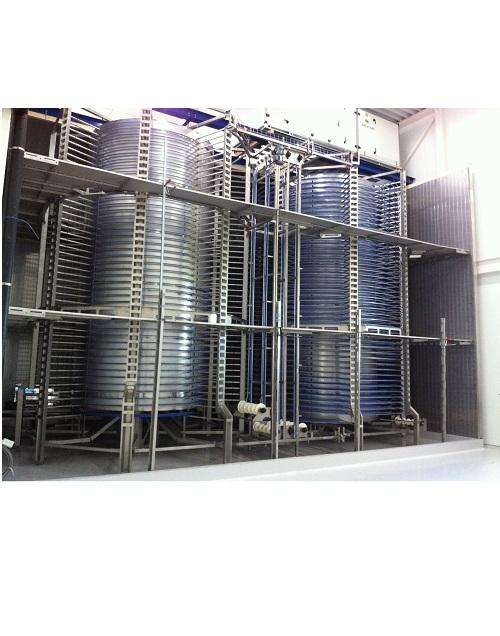
High capacity spiral proofer for pastry
Proofing is a phase in the baking production line that can’t be rushed. It’s an ess...
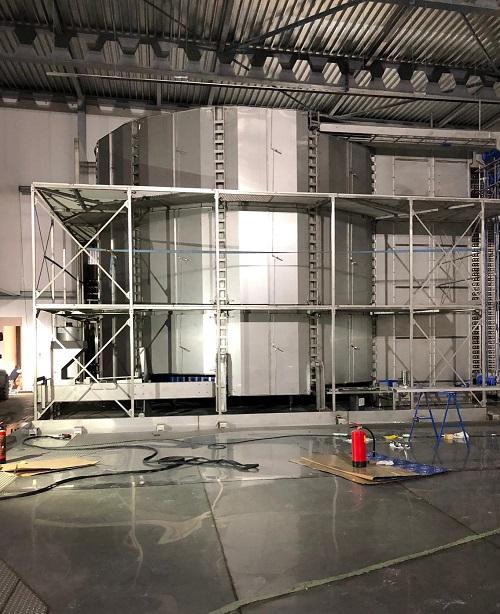
Hygienic and fully-welded spiral freezer for food
Food freezers are often the last step in the food production chain. The...
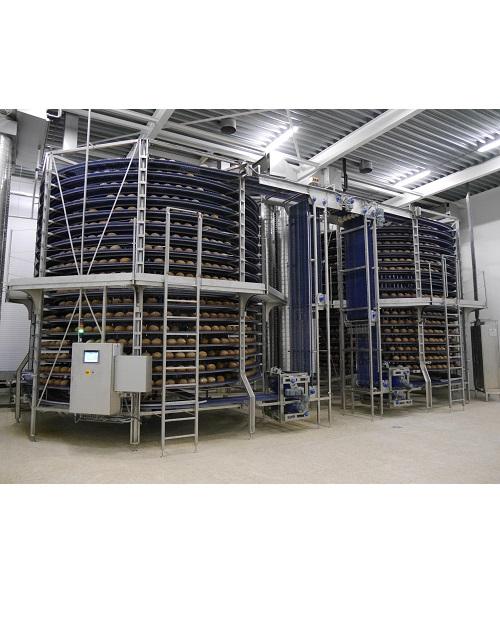
High capacity spiral cooler for food
Cooling baked goods and food products can be problematic for sliced baked goods. A cru...
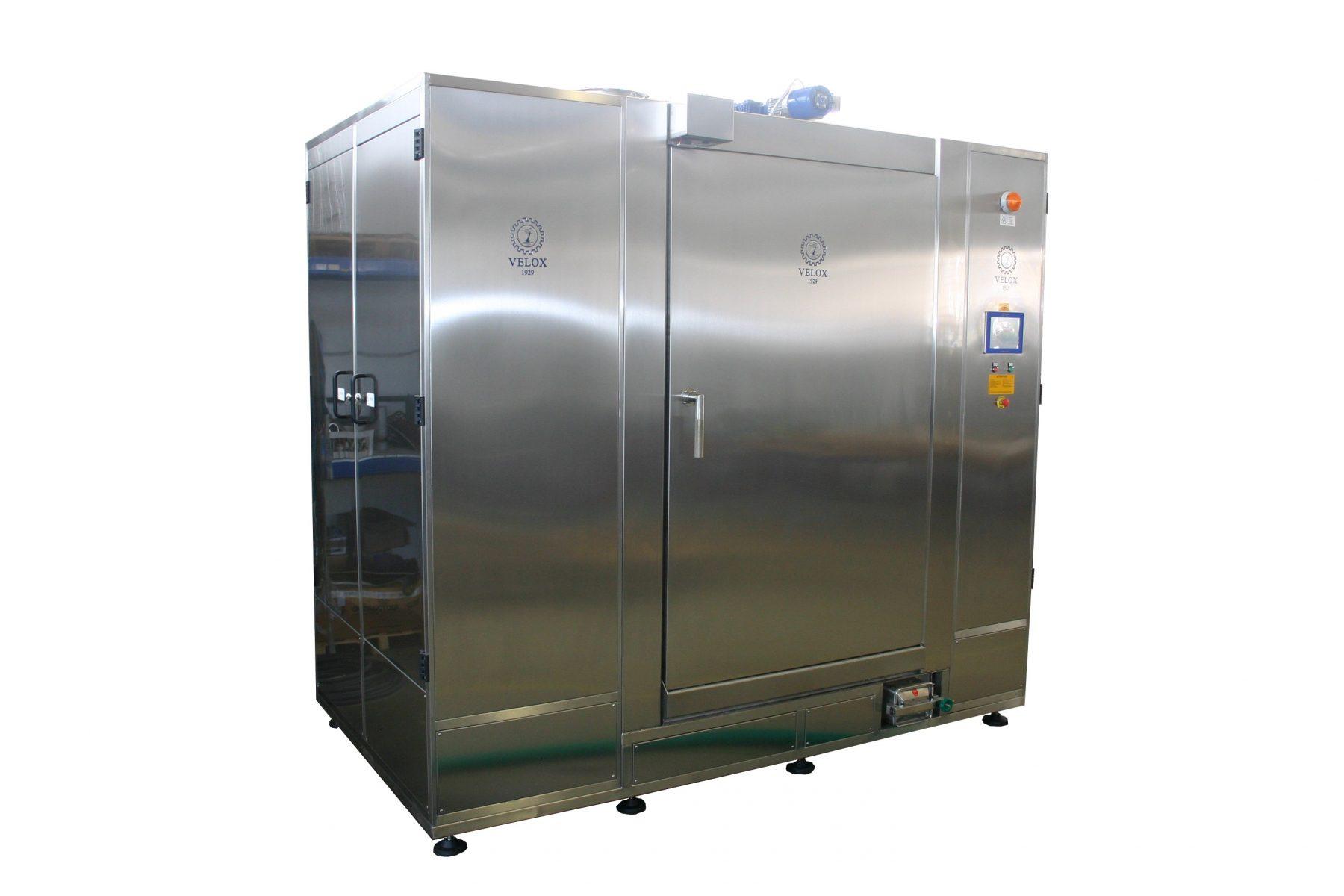
Washing cabinet for trolleys
Food manufacturing facilities, bakeries, or restaurants are ridden with efficiency-related issu...
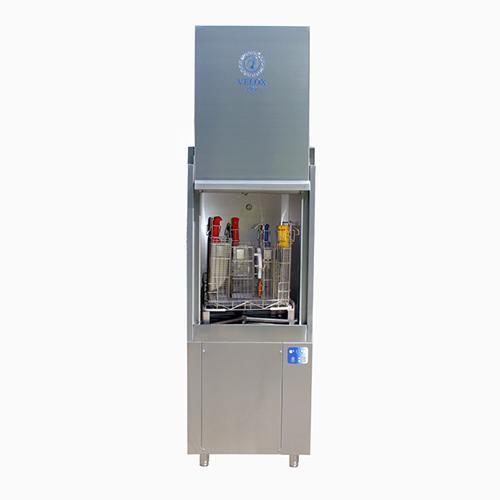
Hygiene washer for food utensils
Thorough and quick cleaning of kitchen utensils, such as baskets, knives, trays, and other ...
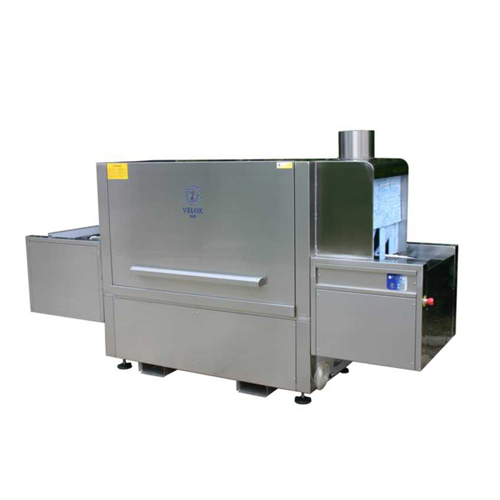
Food crates washer
With the increasing demand of food production sectors for cutting costs, while increasing quality of produ...
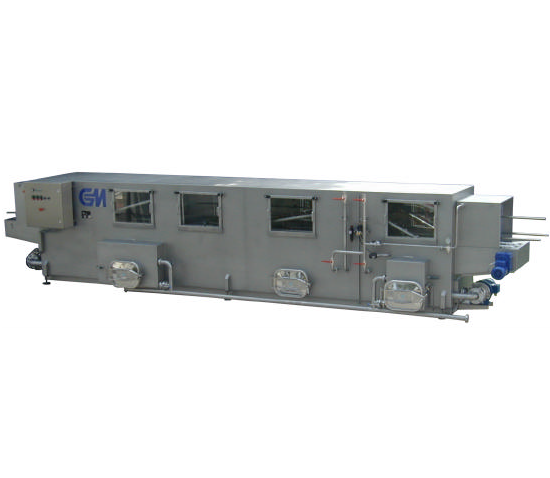
Industrial crate washing machine
In order to meet the increasing demand of the beverage industry, it’s essential to find a c...
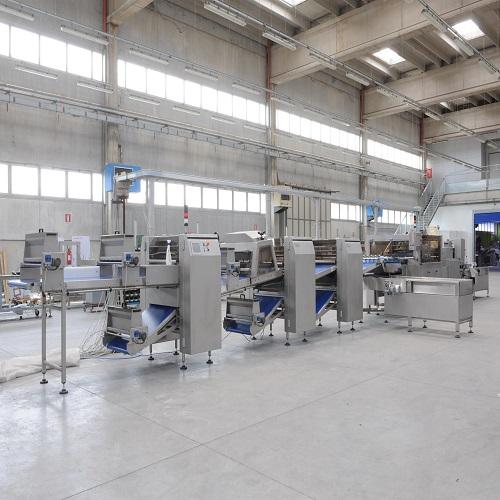
Semi-automatic dough sheeter
There is a wide range of commercial dough sheeters available, many of which are purpose-built f...
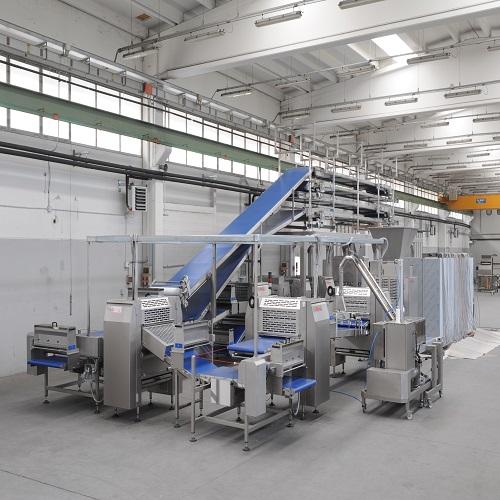
Automatic pastry dough sheeter
Industrial dough sheeters turn raw dough into sheets that match recipe thickness. This includ...
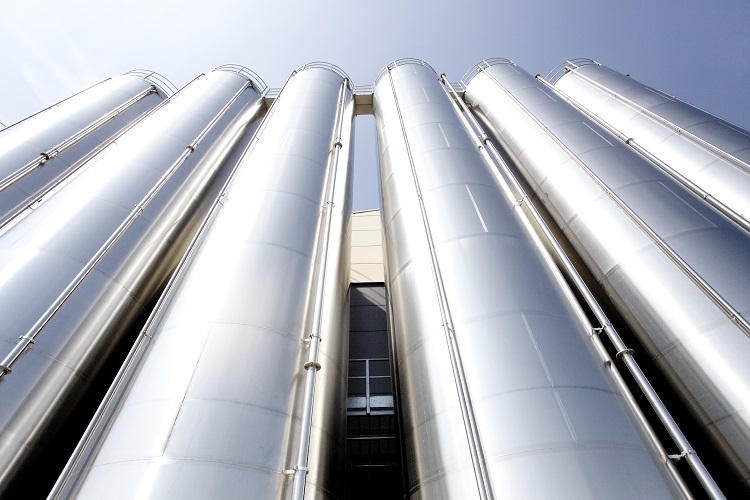
ATEX confirmed outdoor silo for flour
Bulk outdoor storage of flour, dry milk and other powder ingredients for the bakery i...
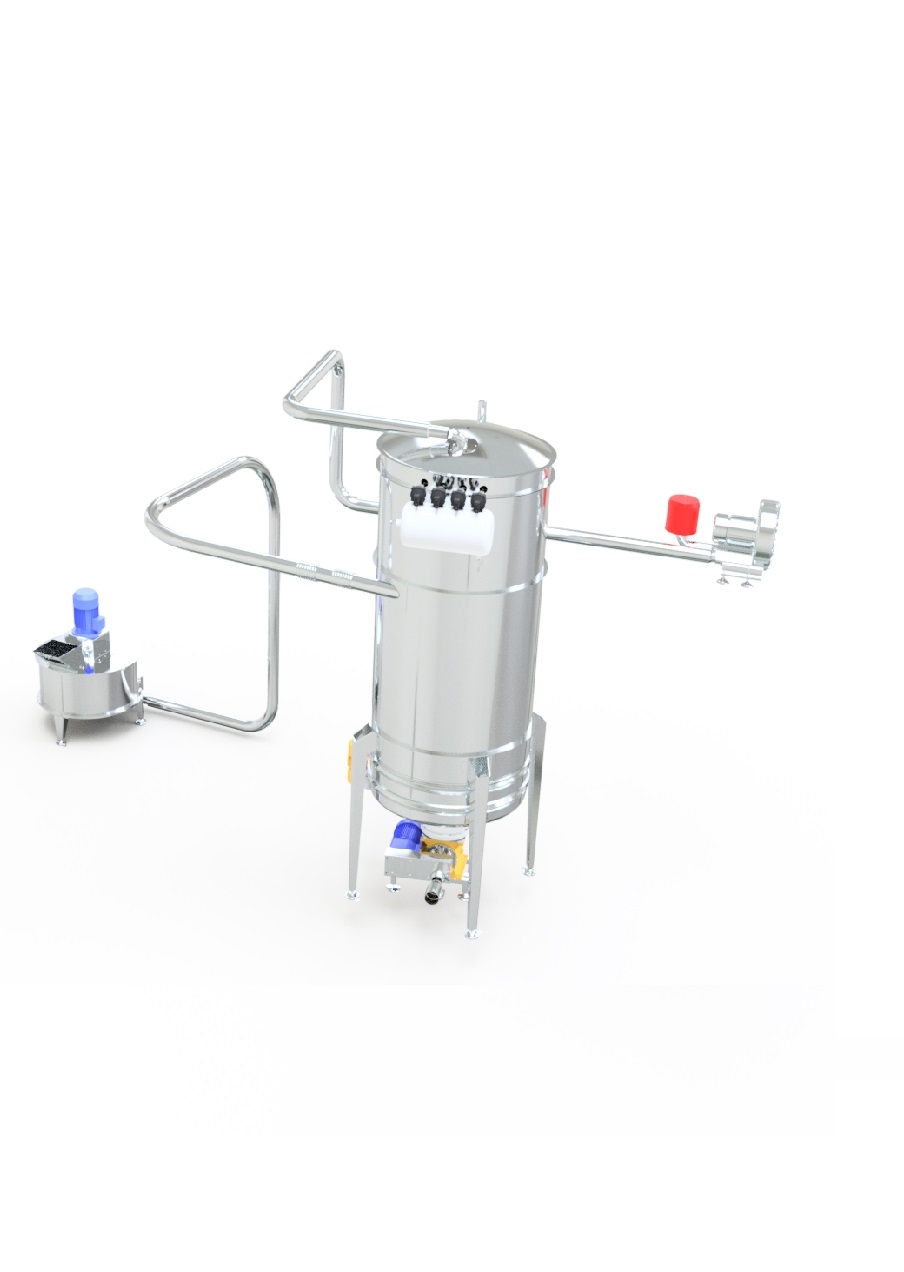
Automatic rework system for biscuit and bread scrap
Scraps are an inevitable byproduct of biscuit and bread production. W...
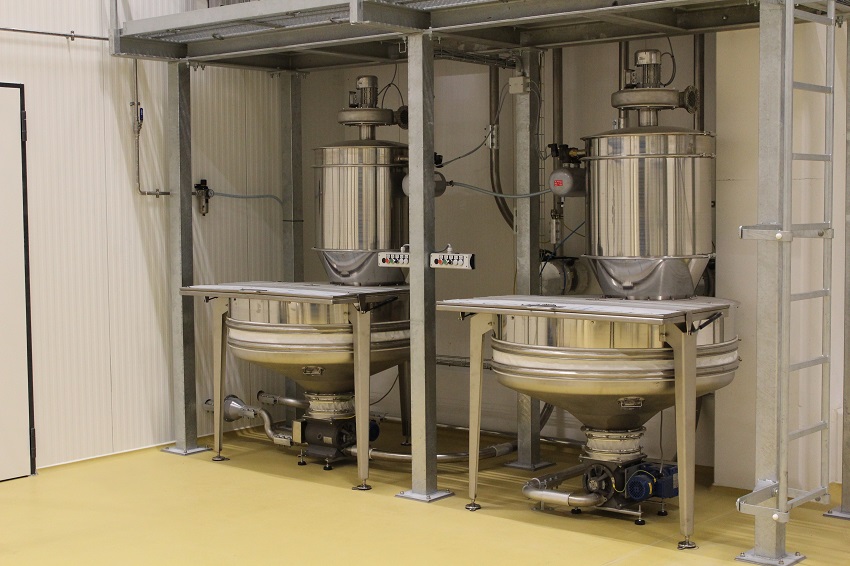
Manual bag discharger for bakery industry
Many minor and intermediate ingredients for bakery products are delivered in bag...
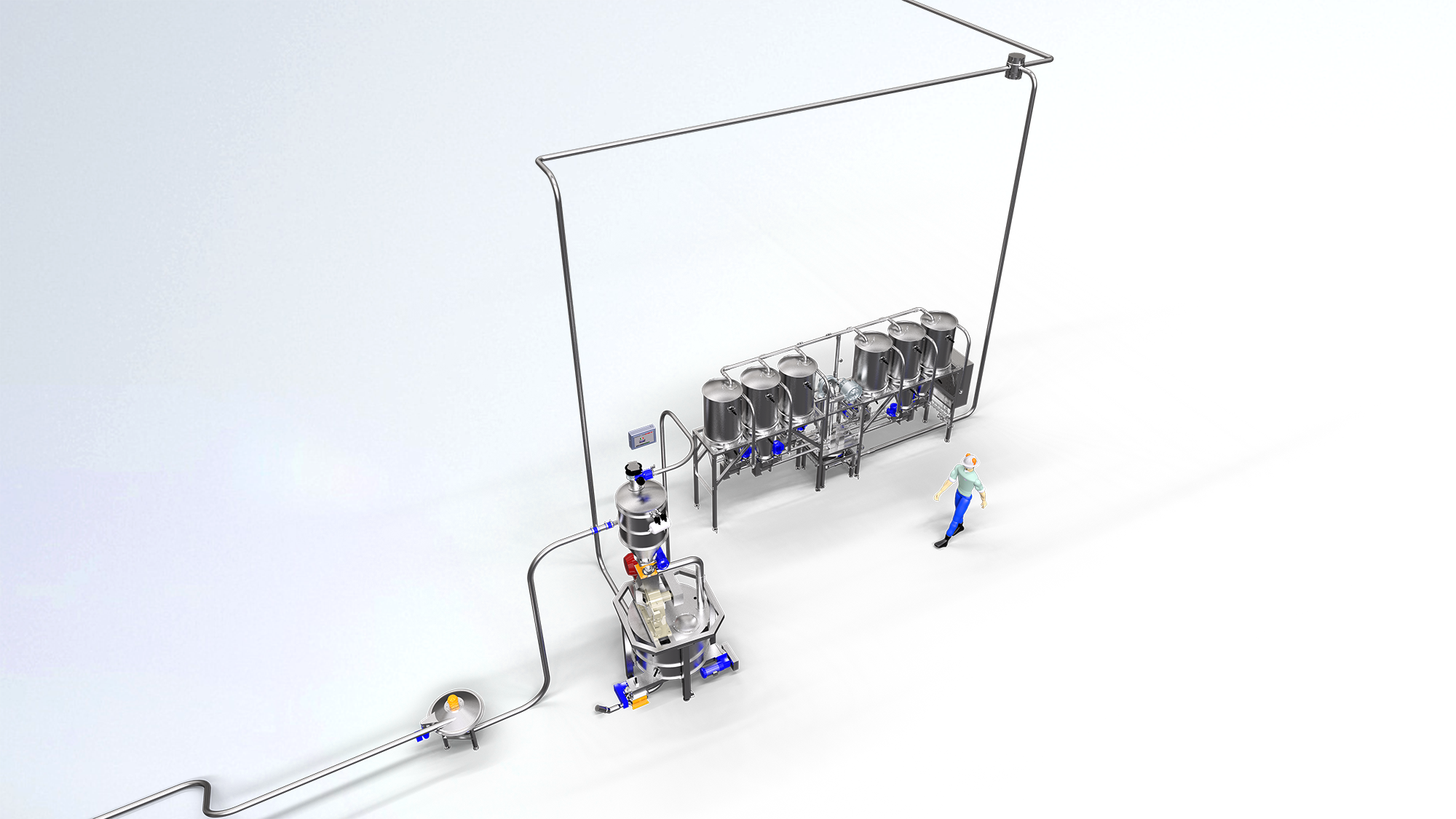
Microdosing system for bakery industry
Storage and dosing of powdered minor ingredients such as flavourings, colours and si...
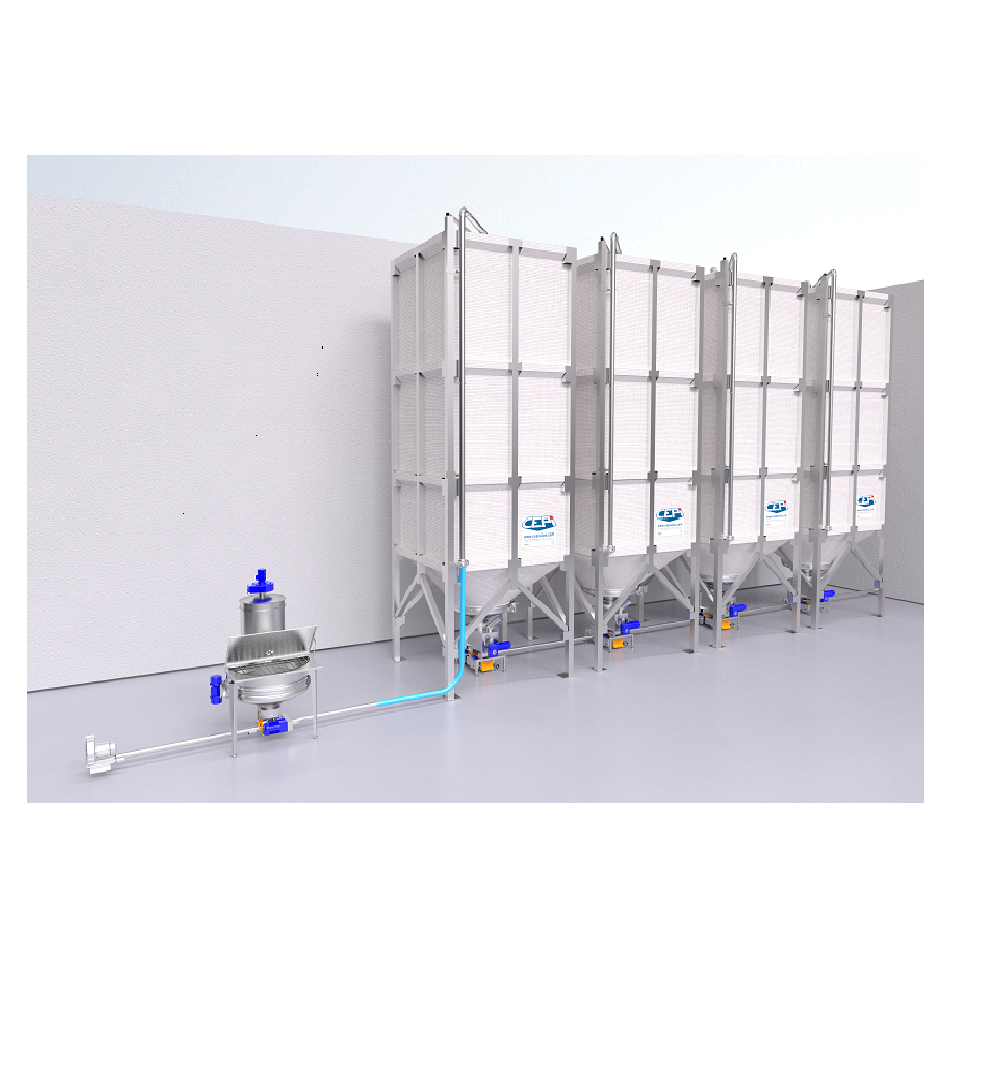
ATEX Indoor silo for sugar and flour
Storing granulated or powdered materials such as sugar and flour prior to processing r...

Small sugar mill for entry level production
Sugar powder is a key ingredient in a wide range of bakery, confectionery, and...








